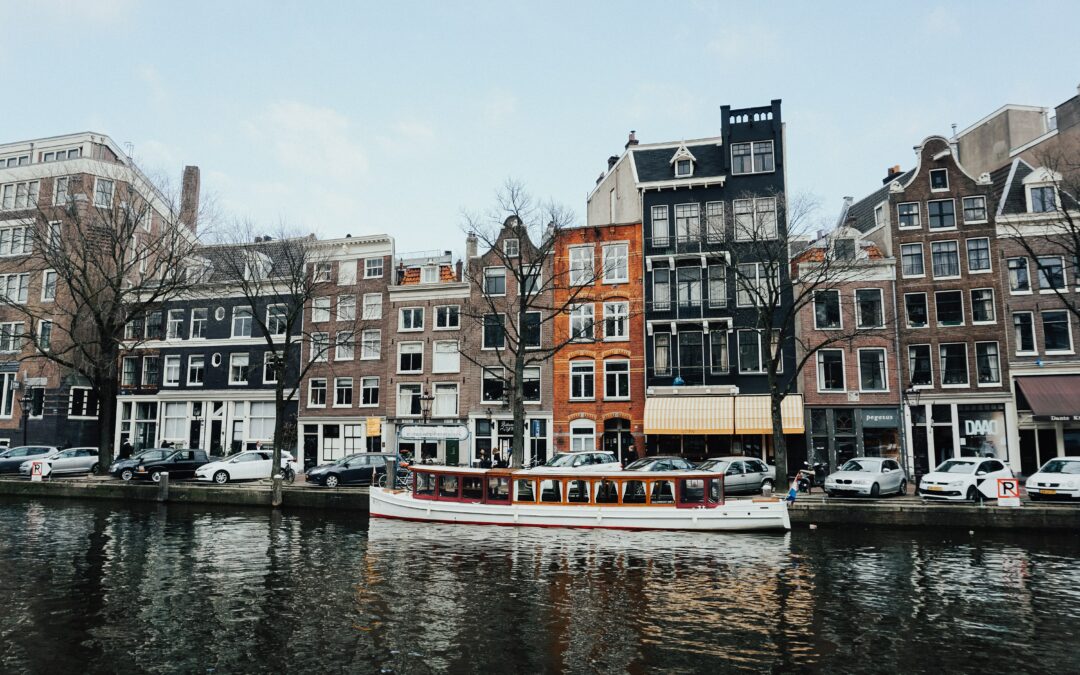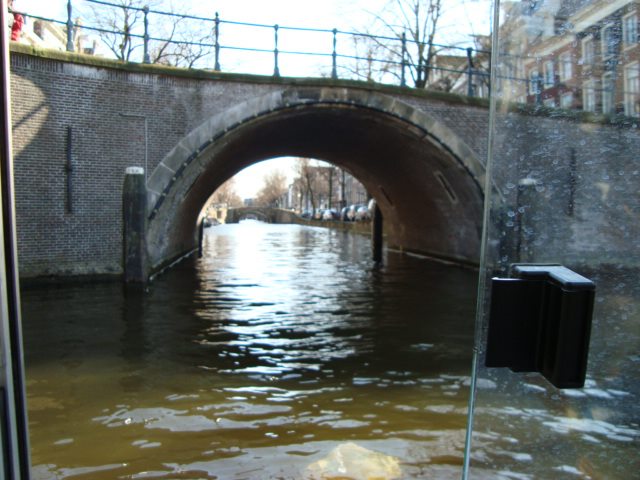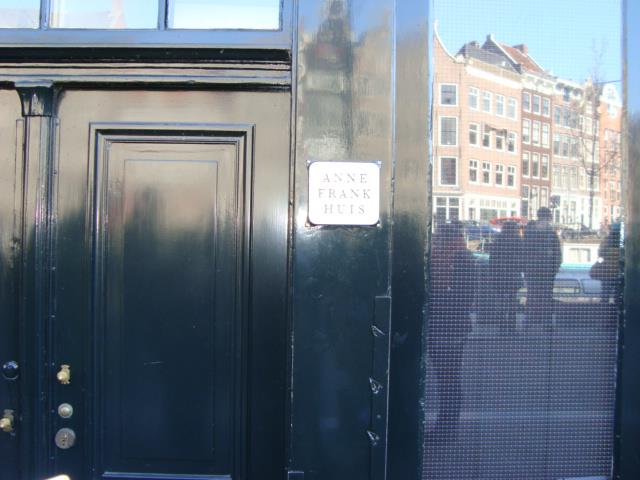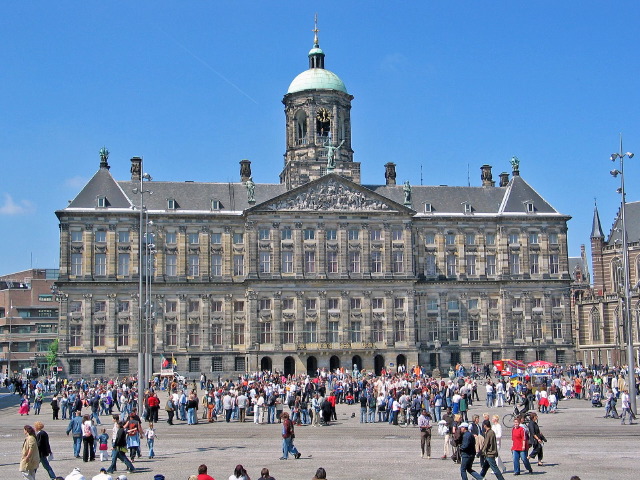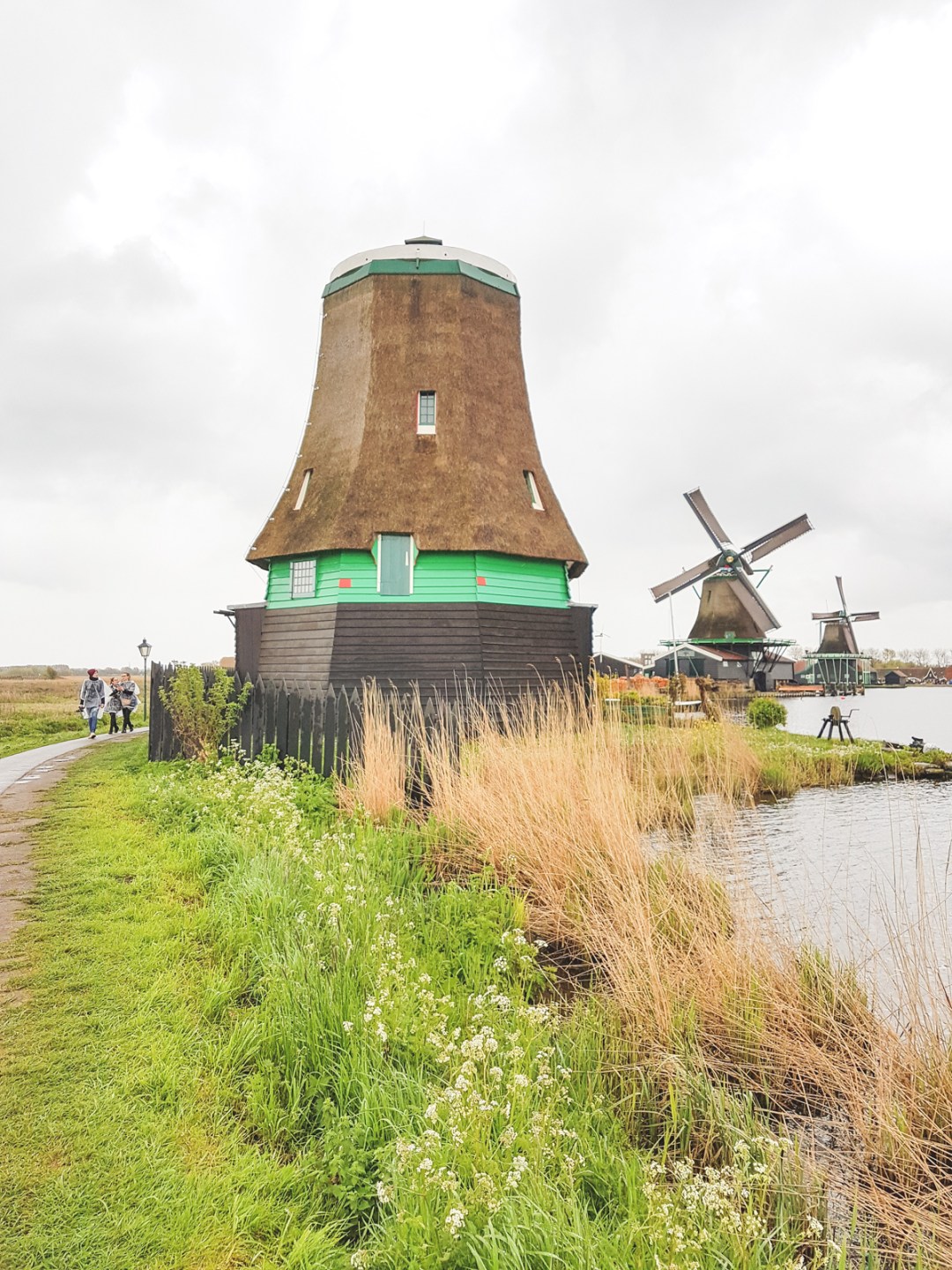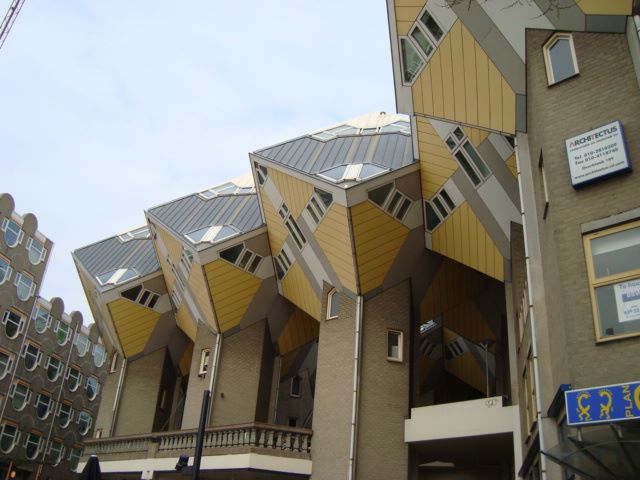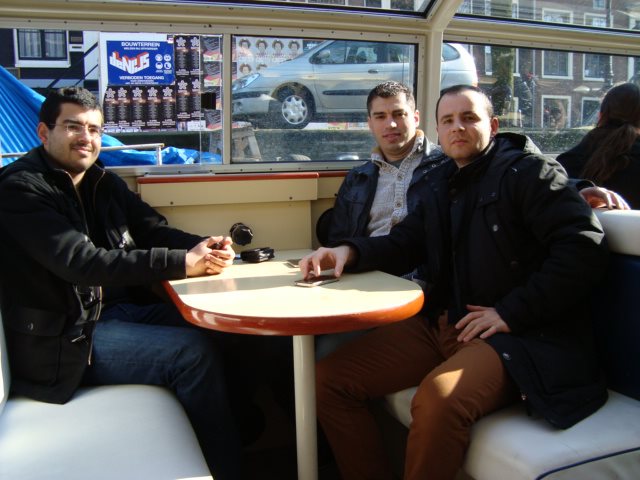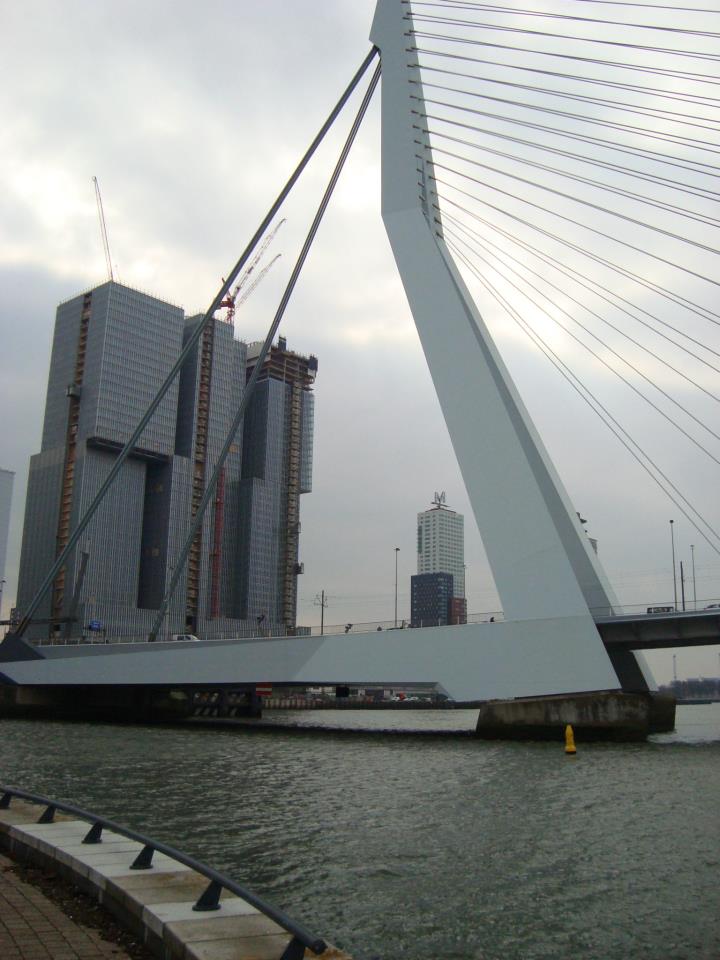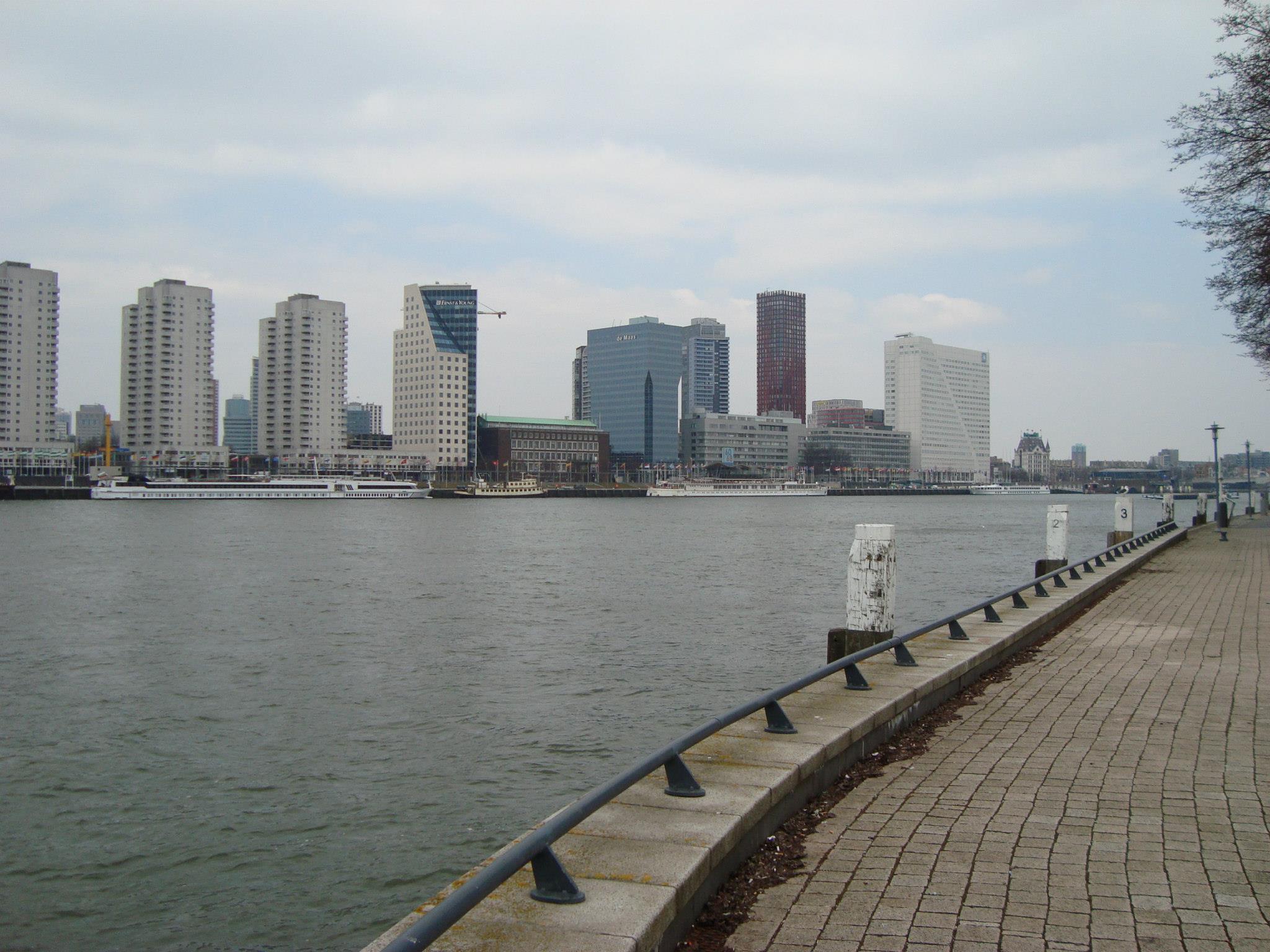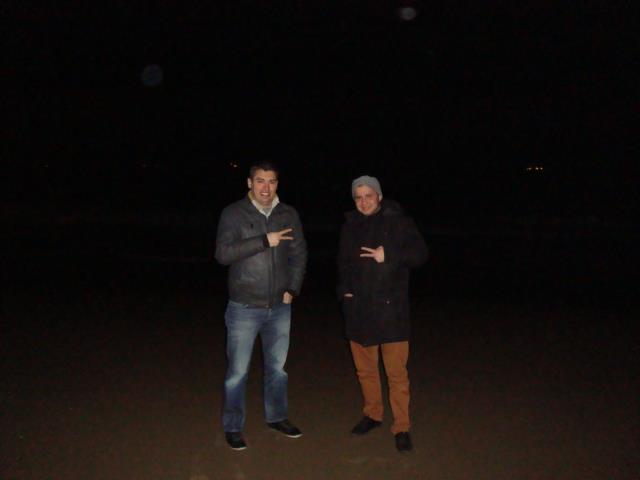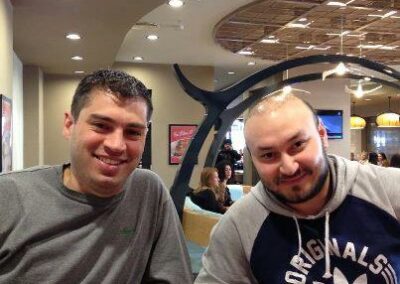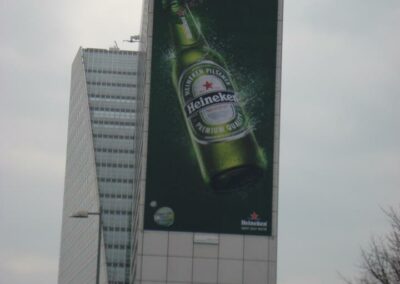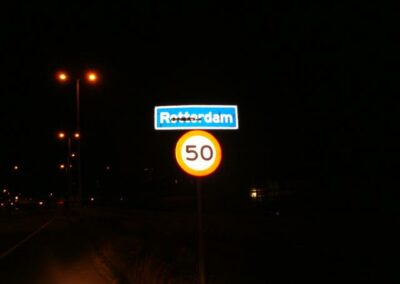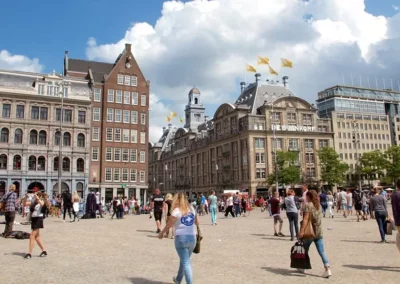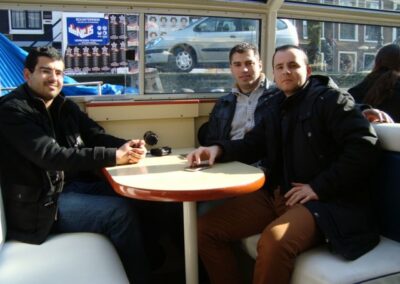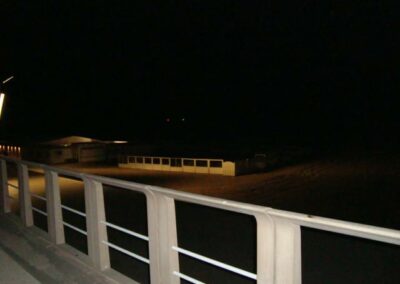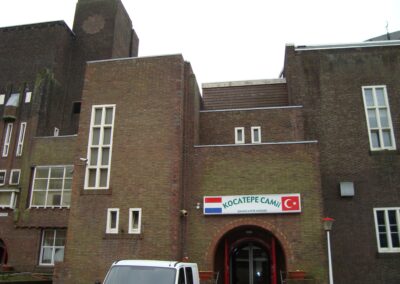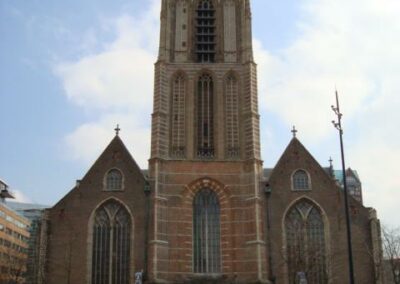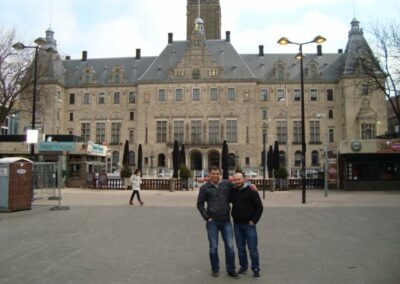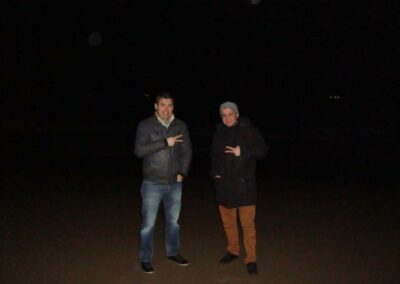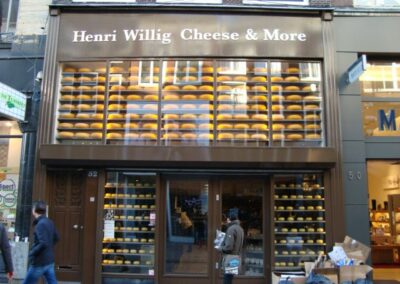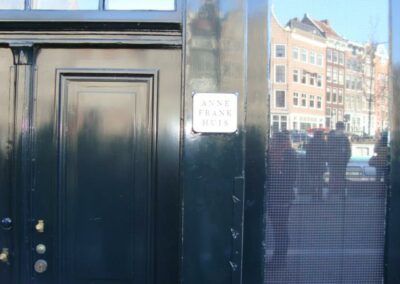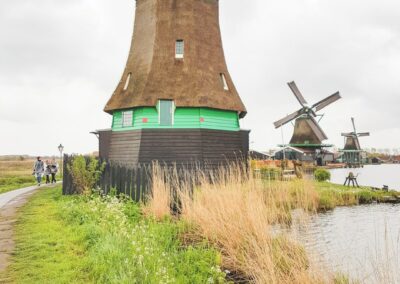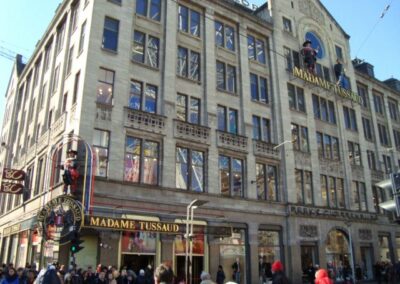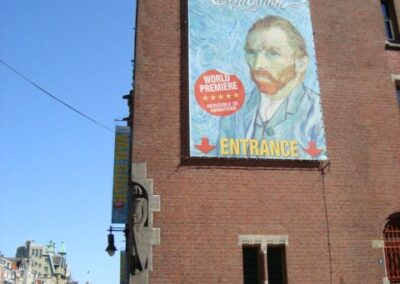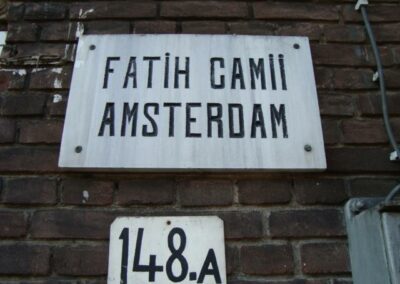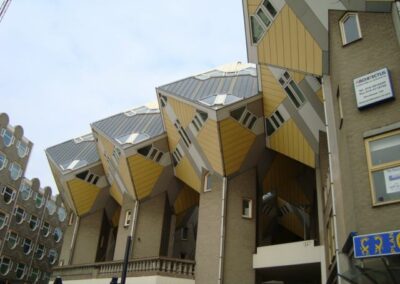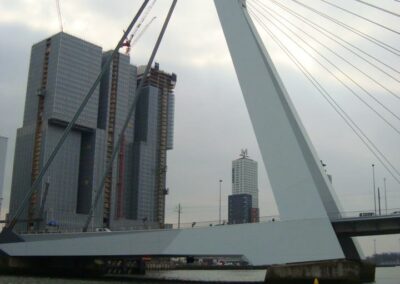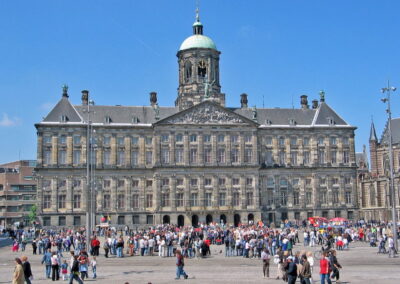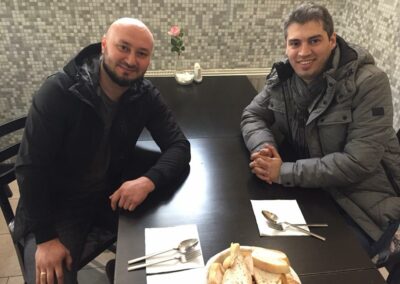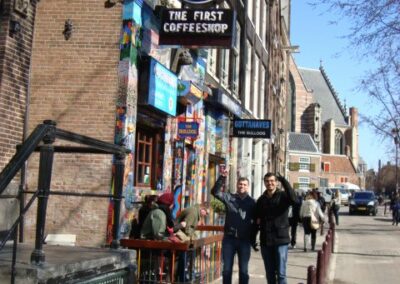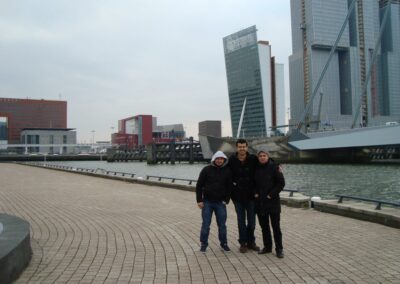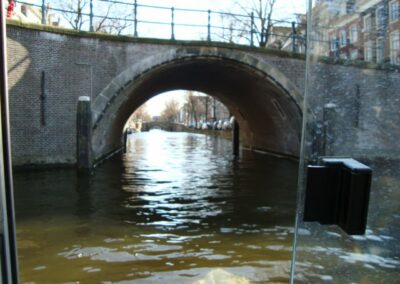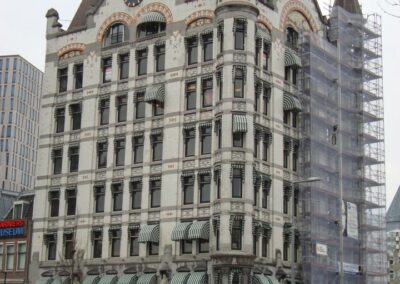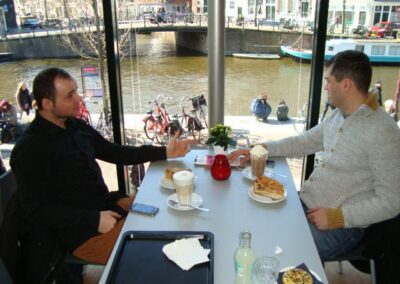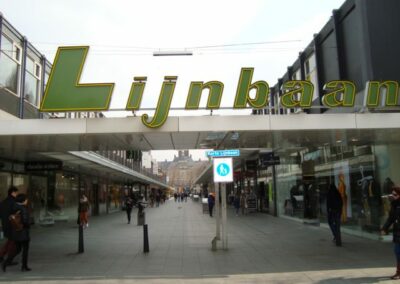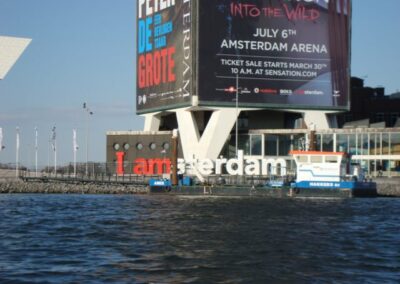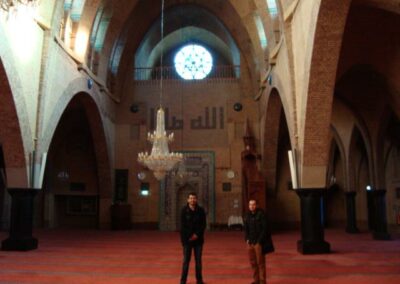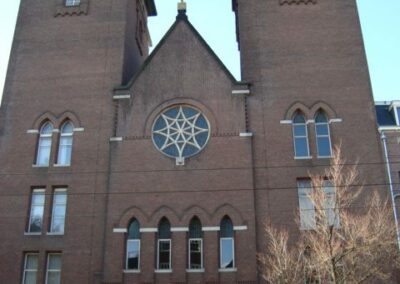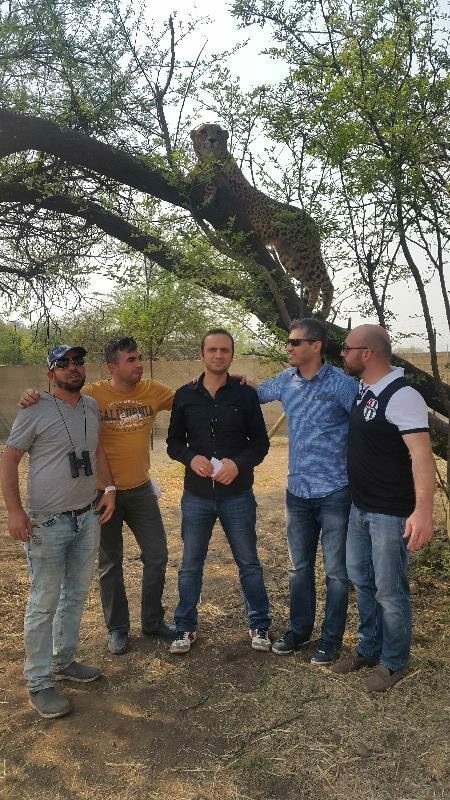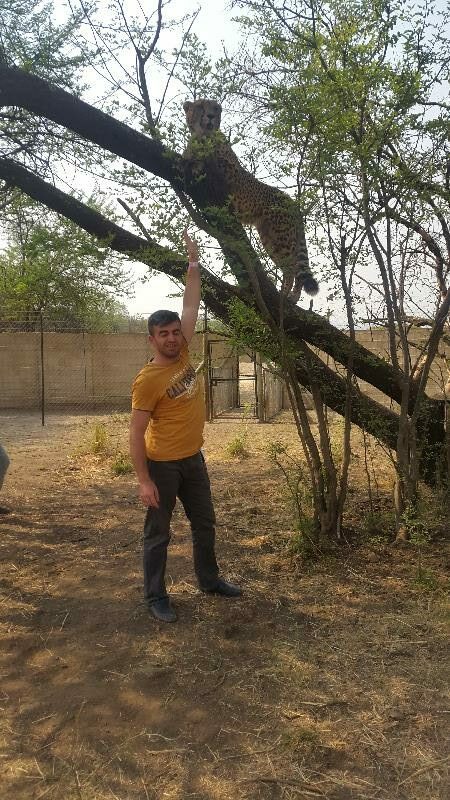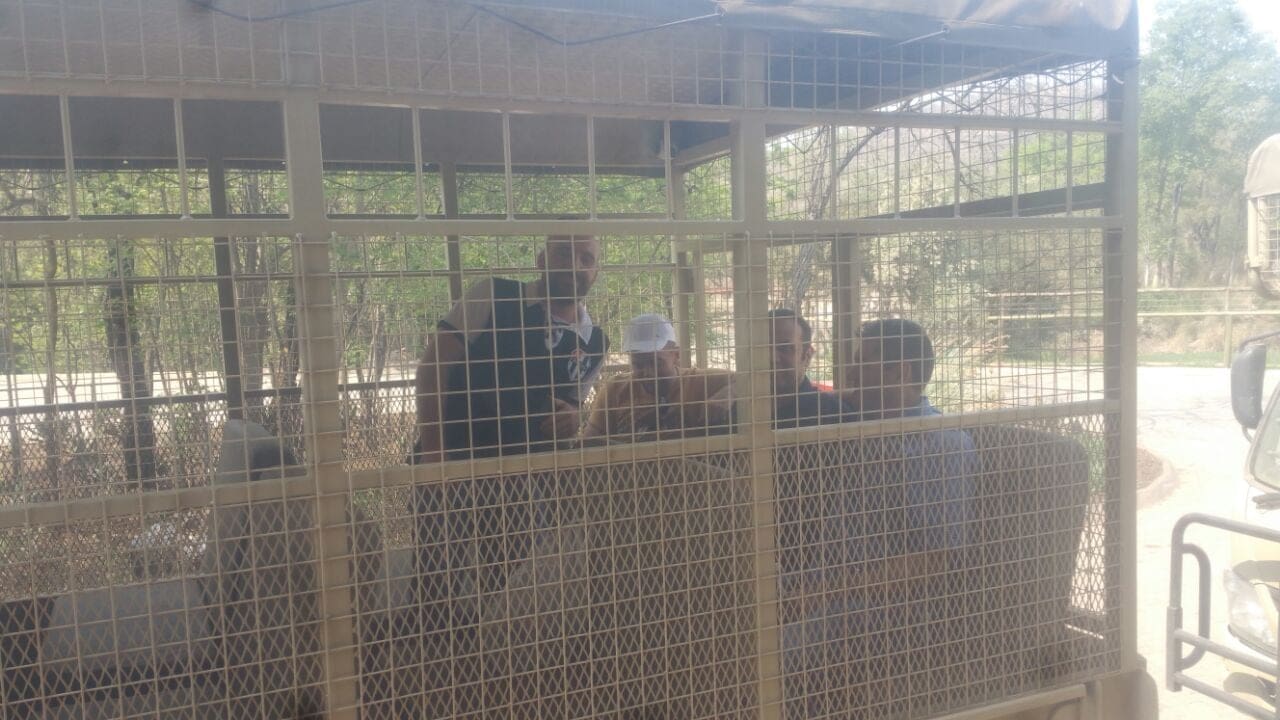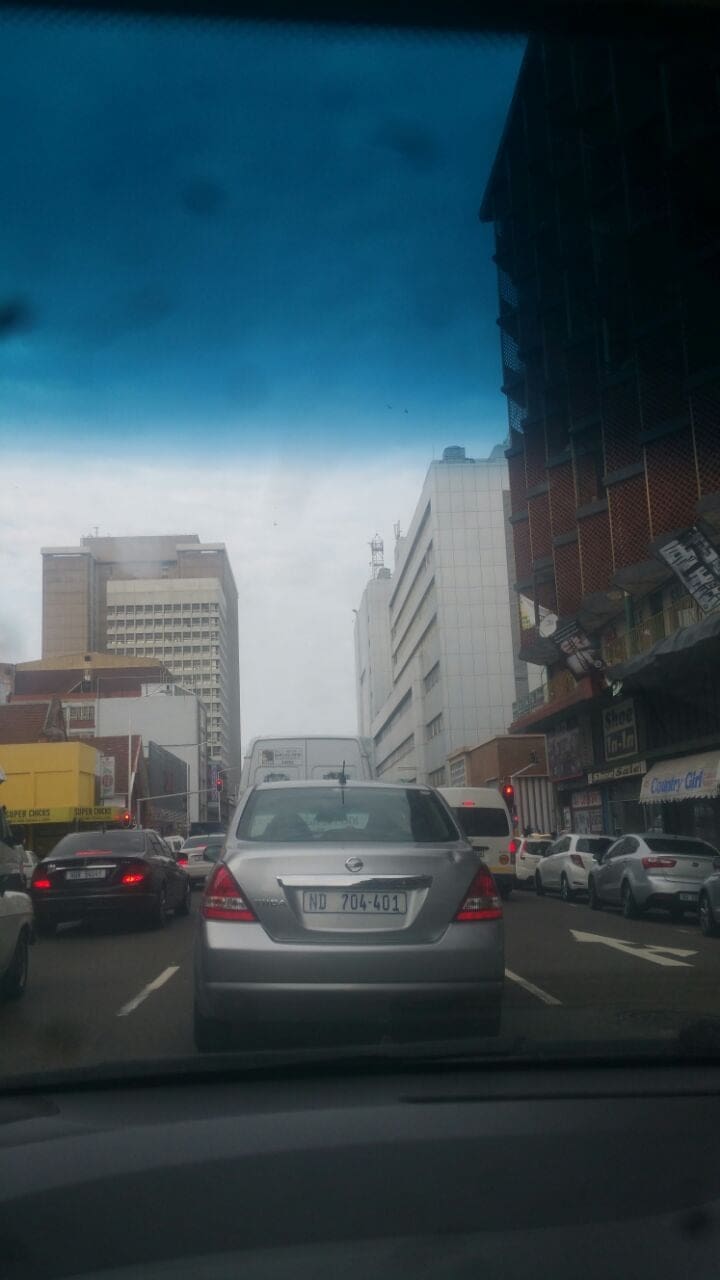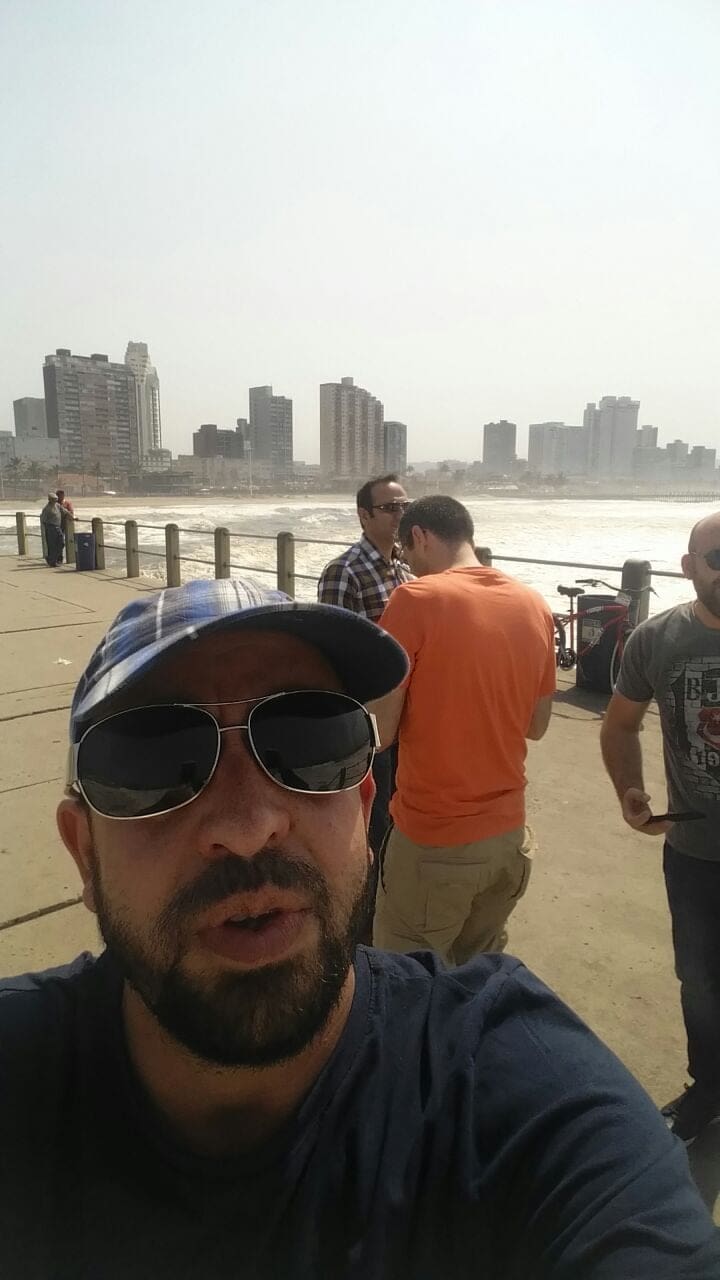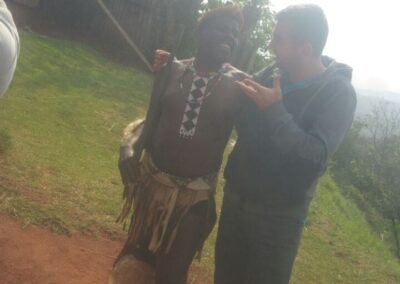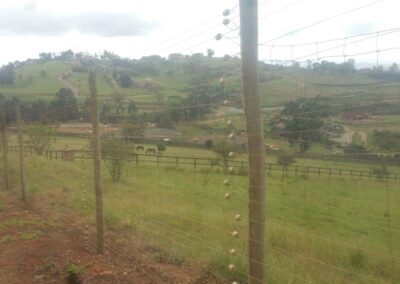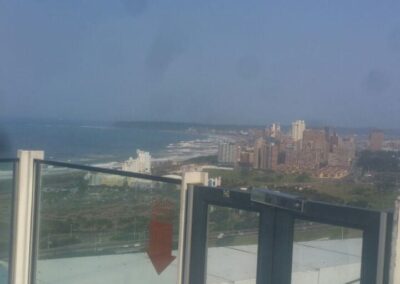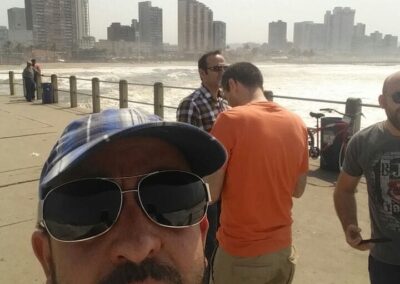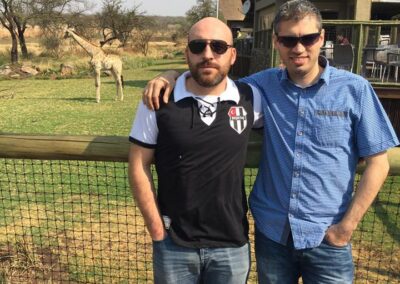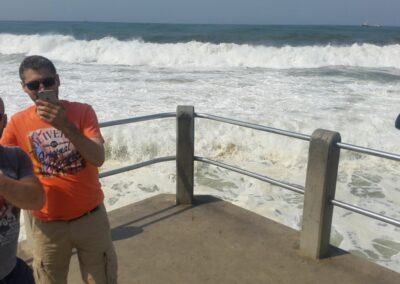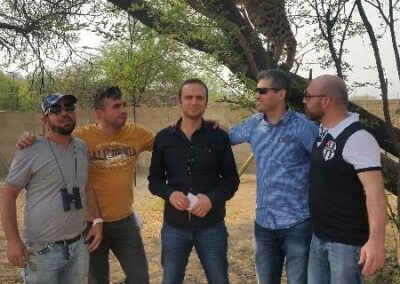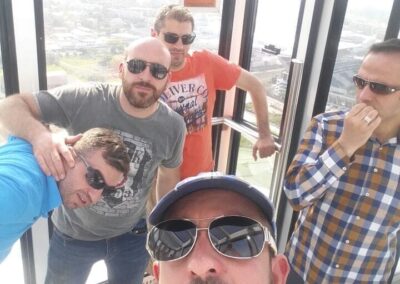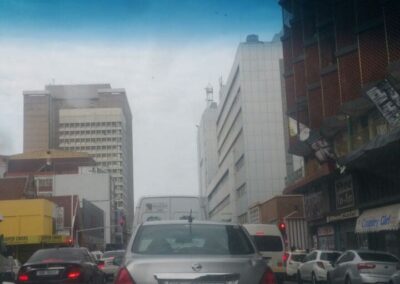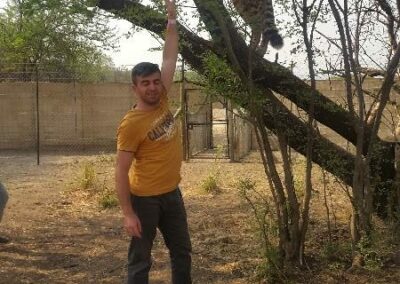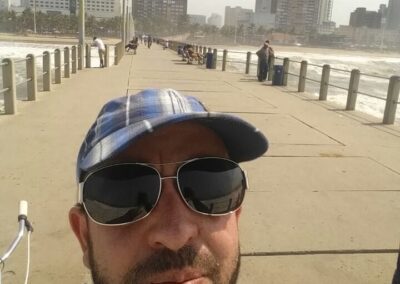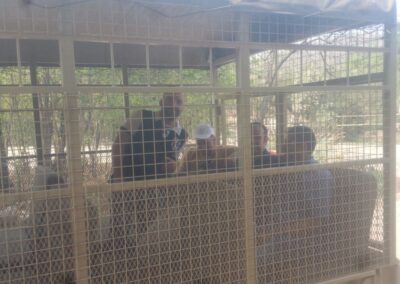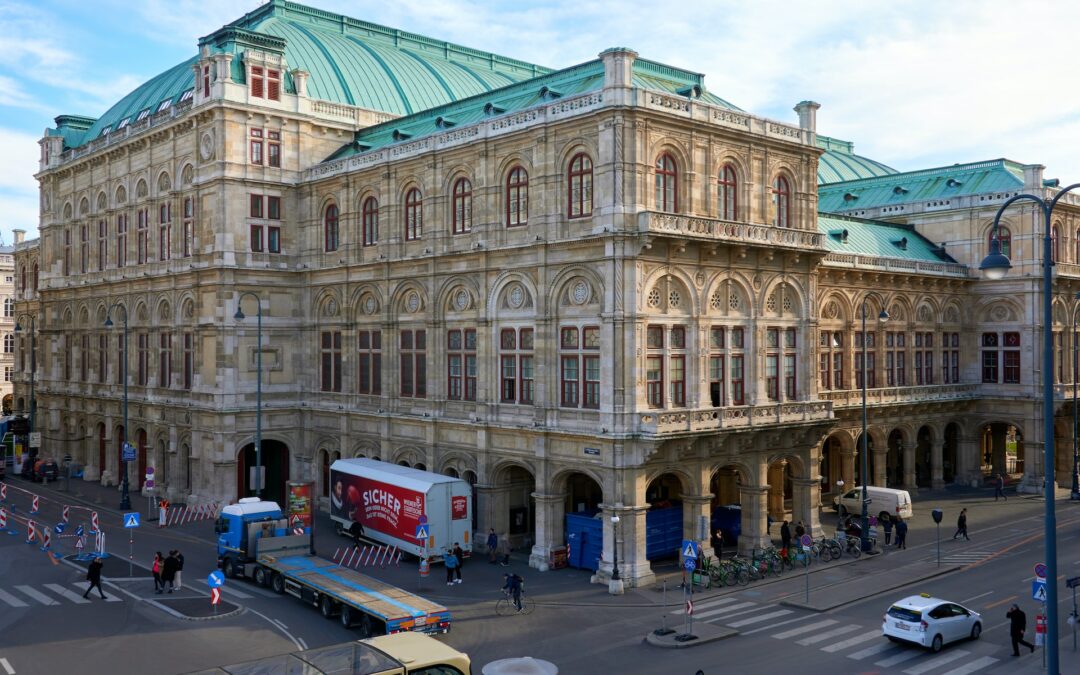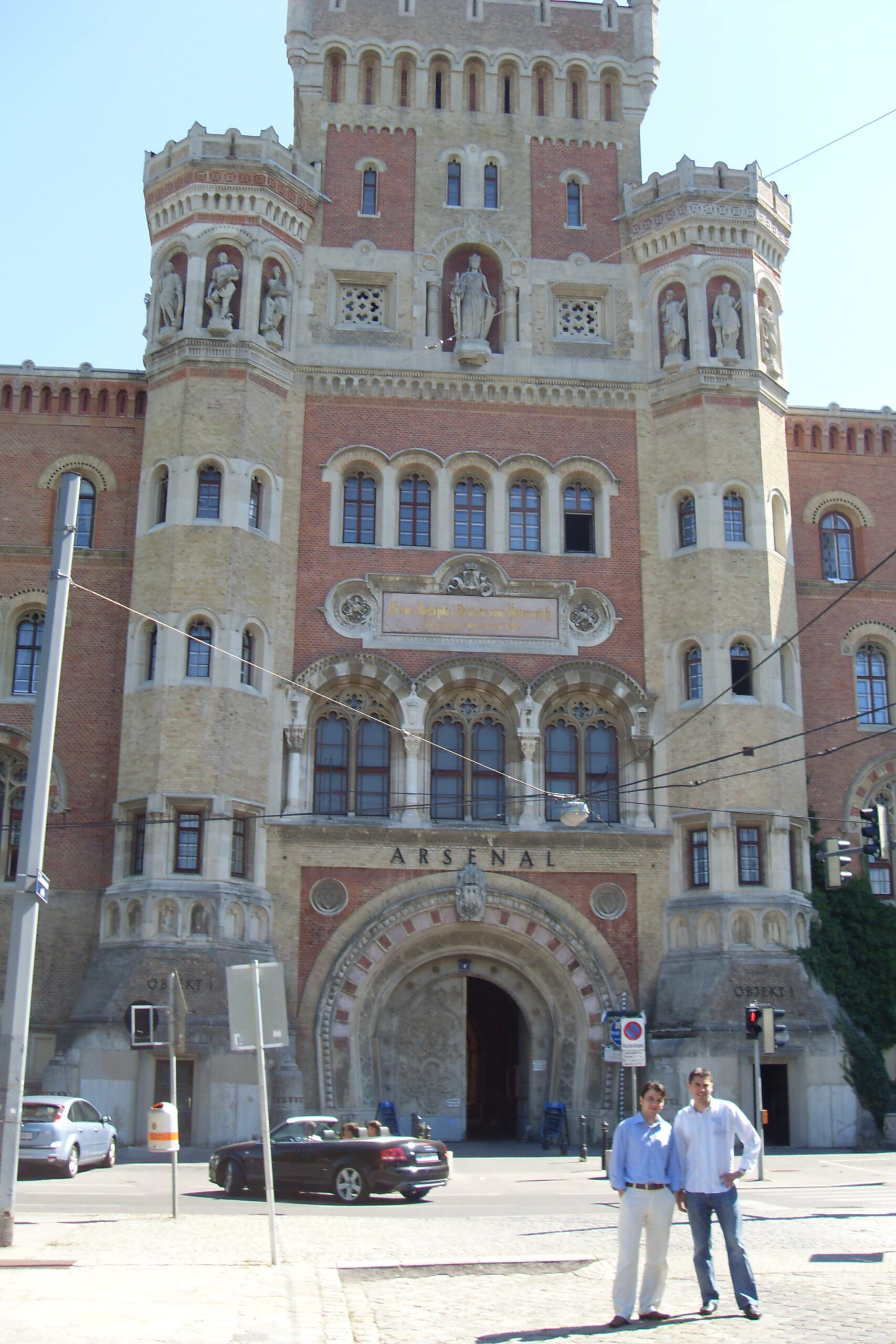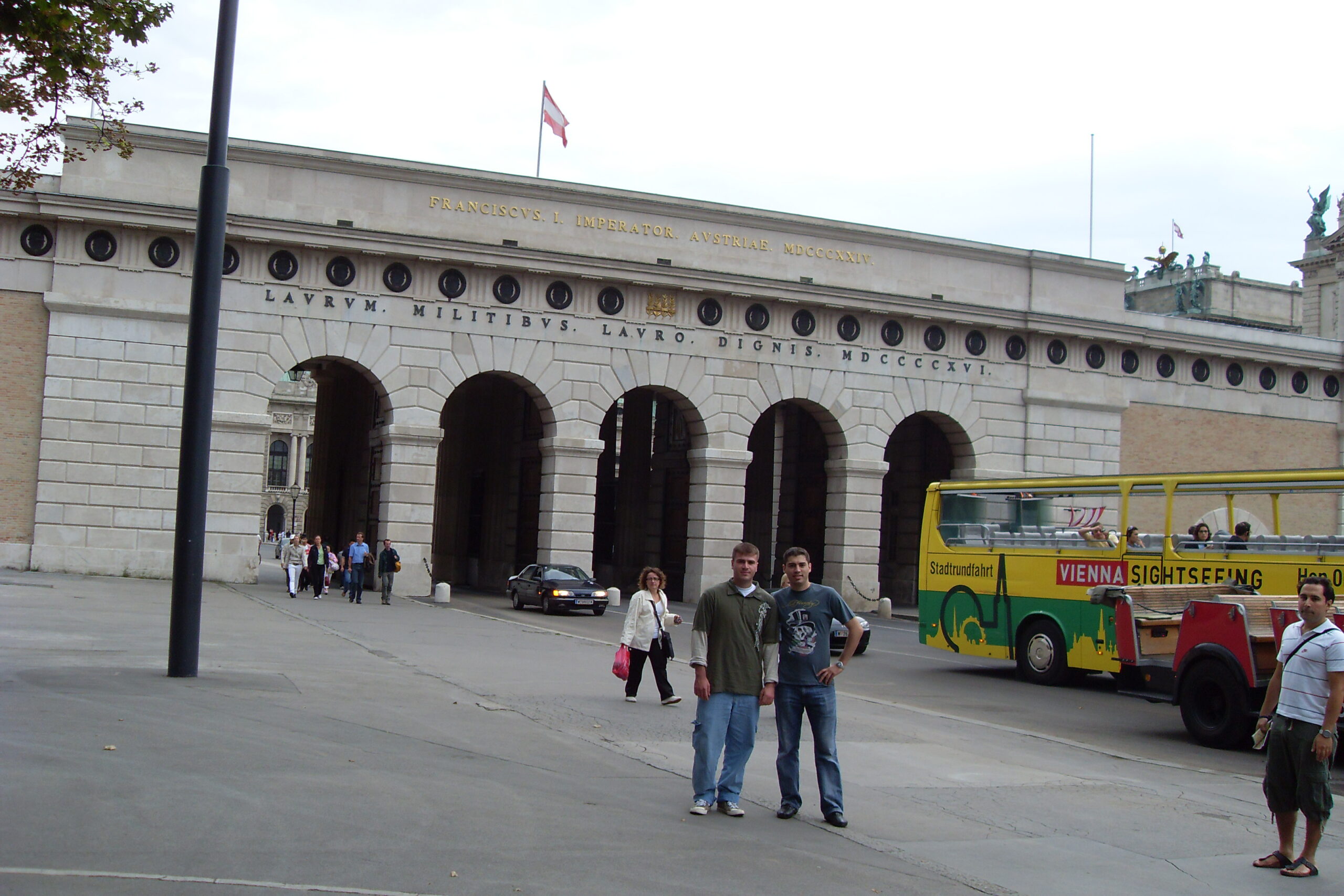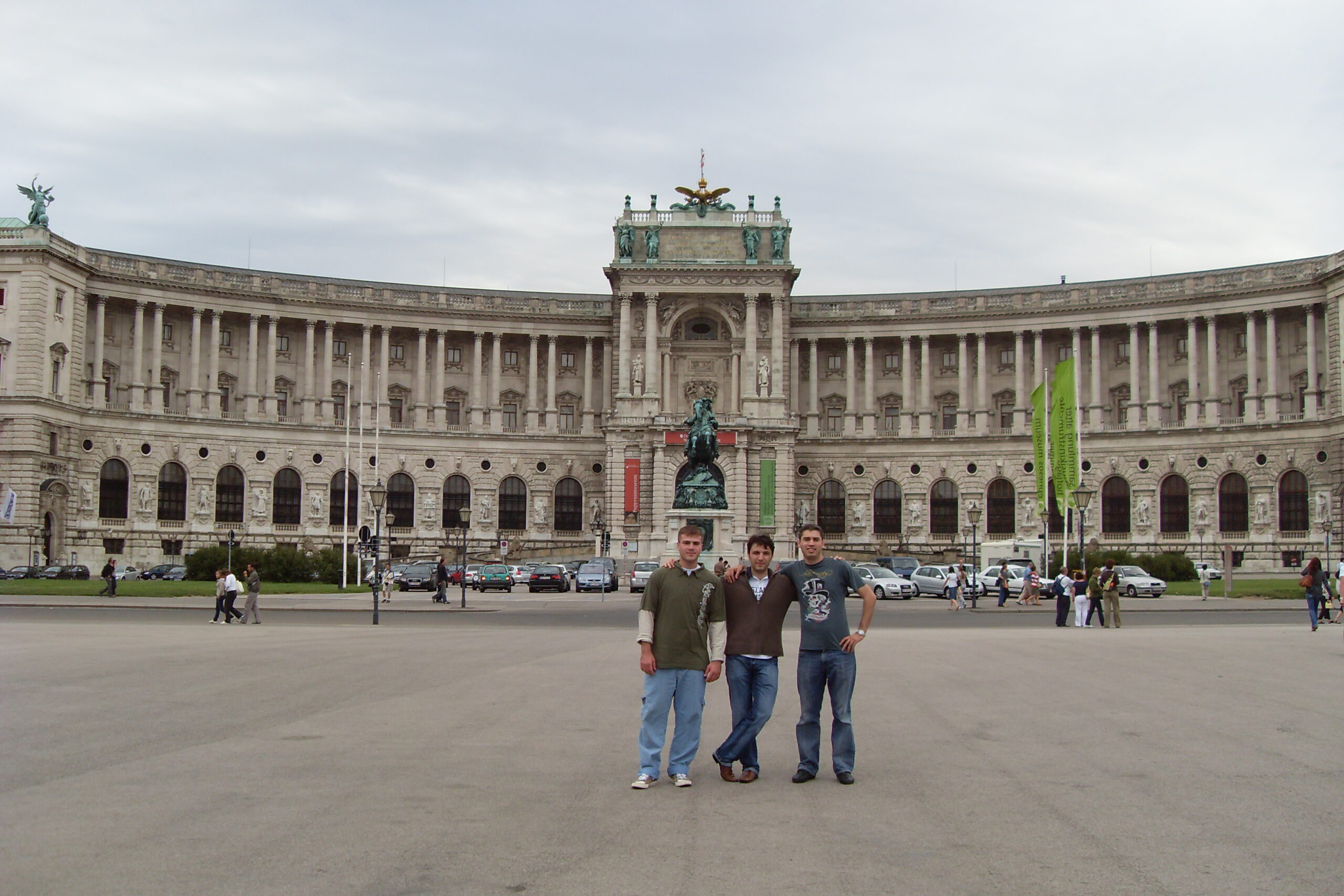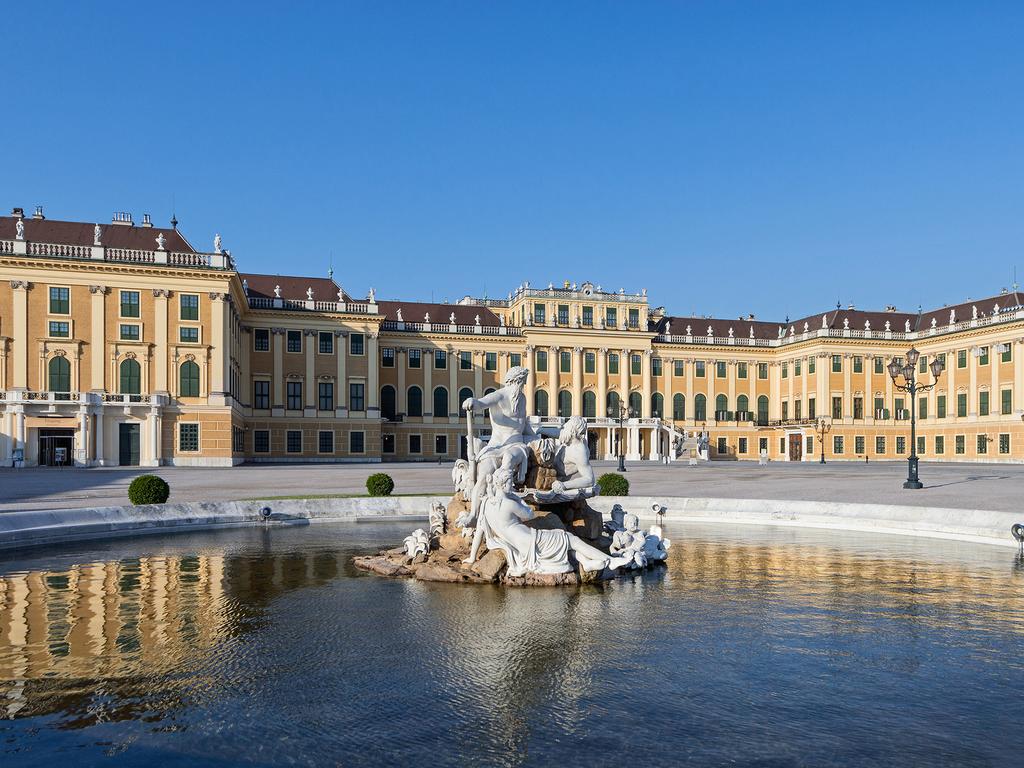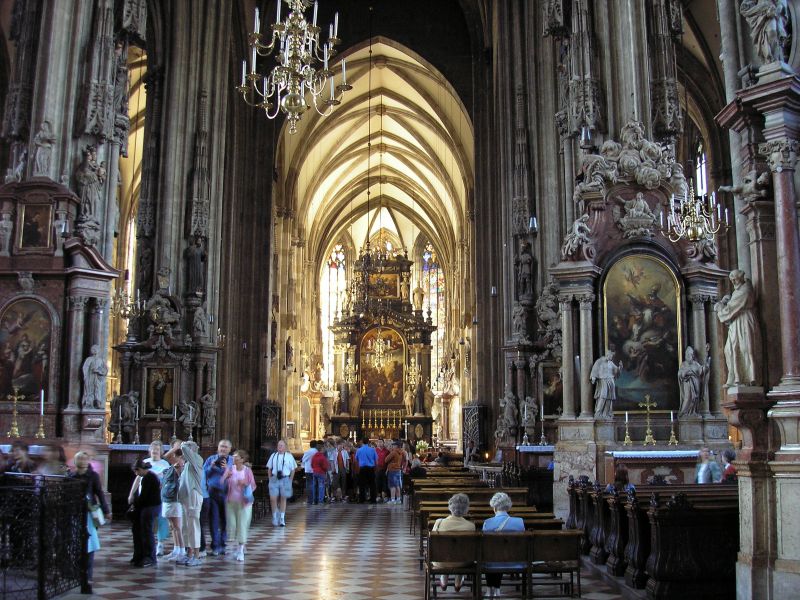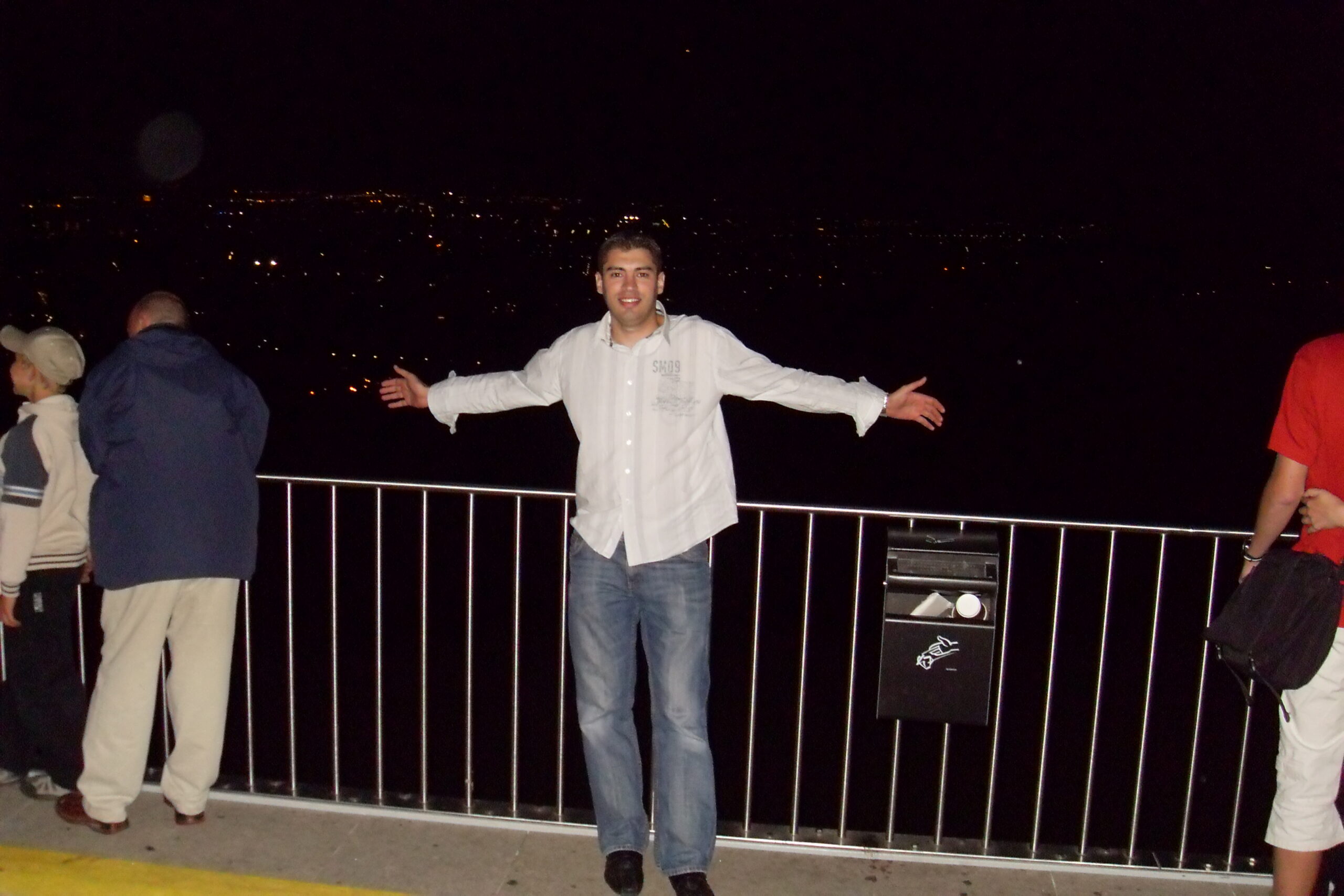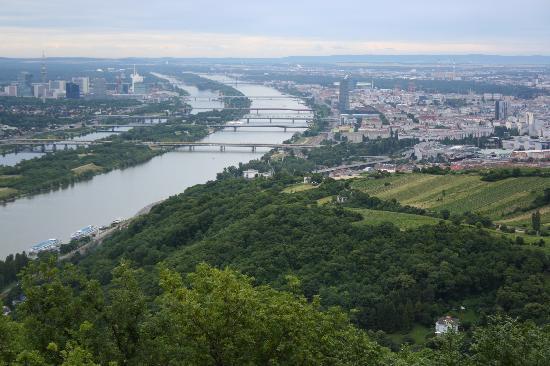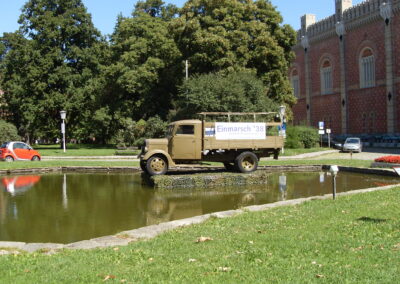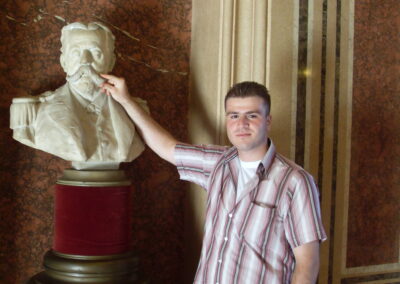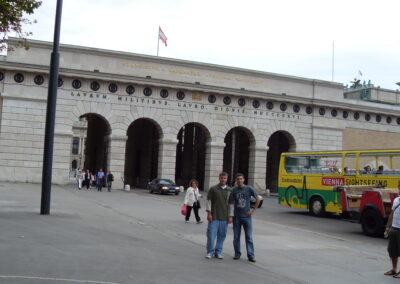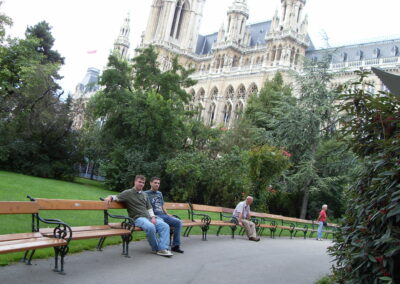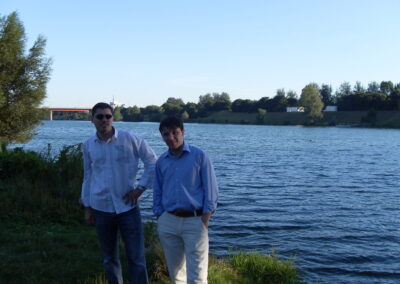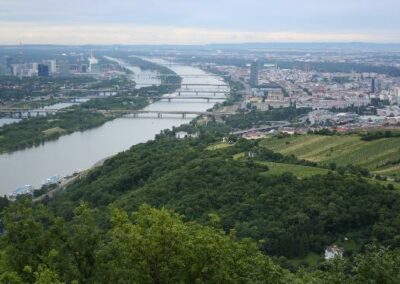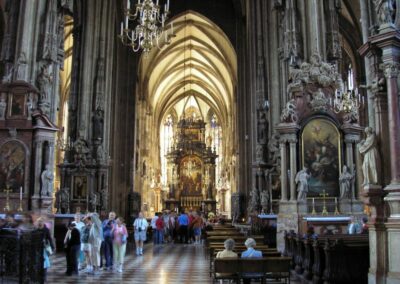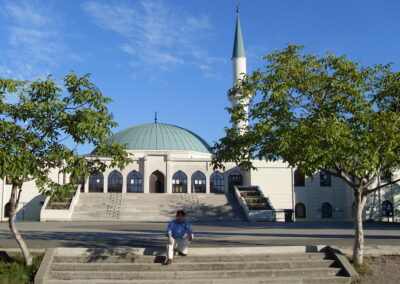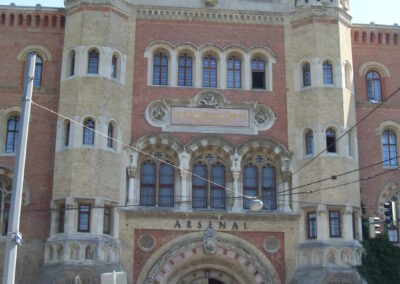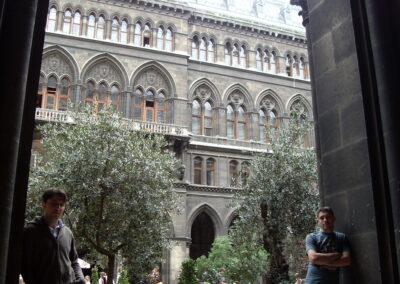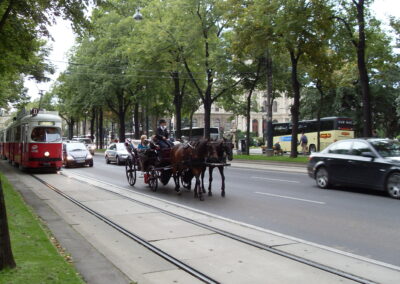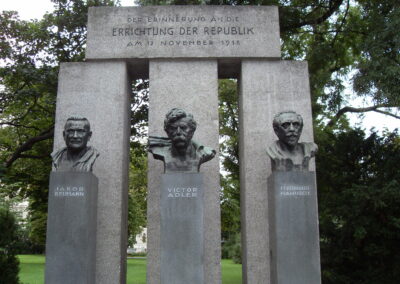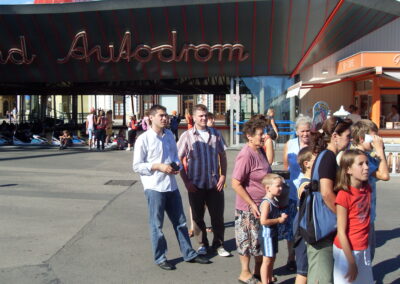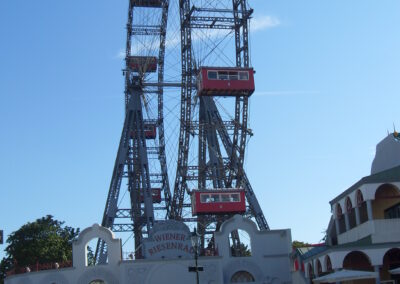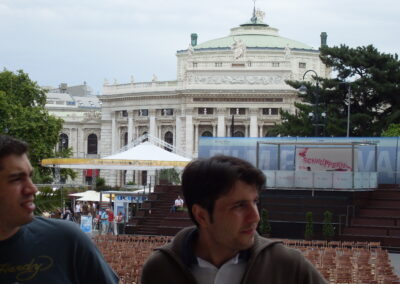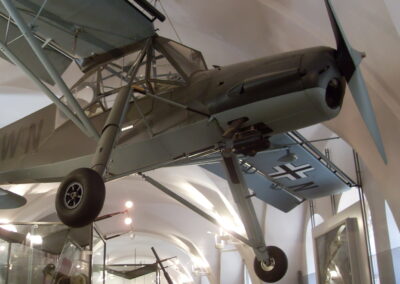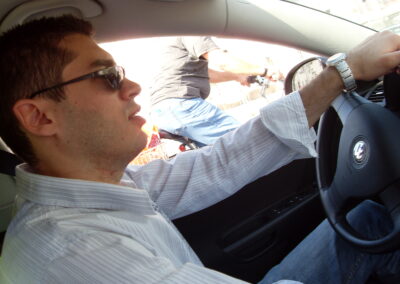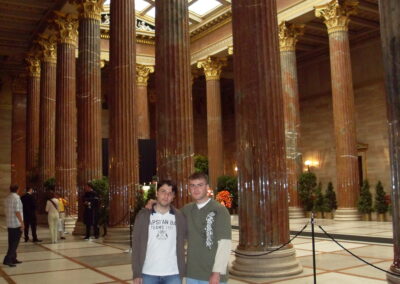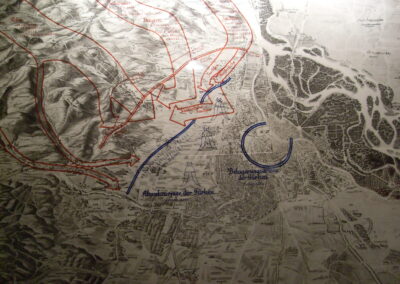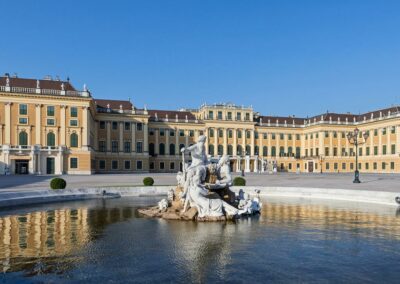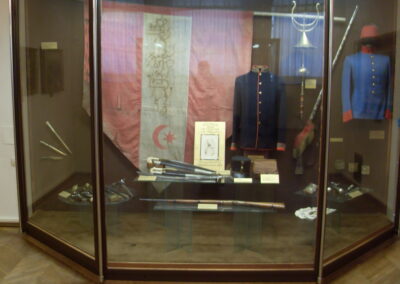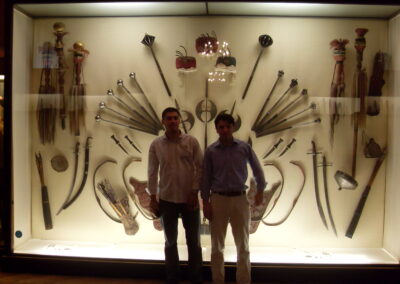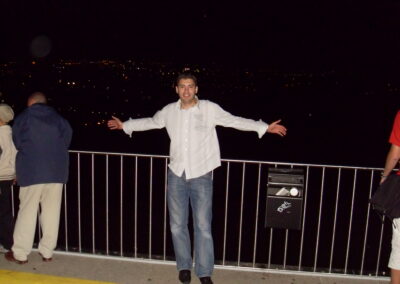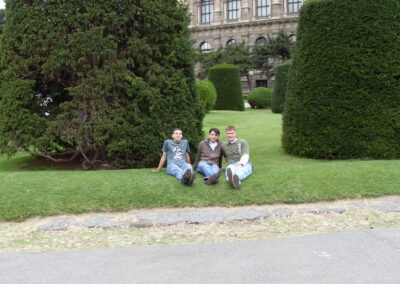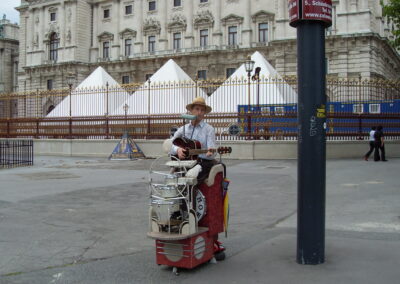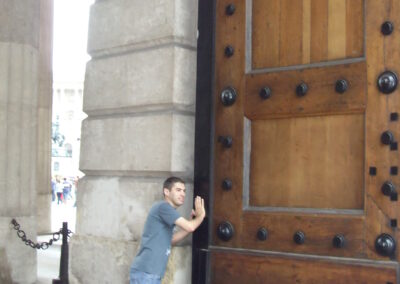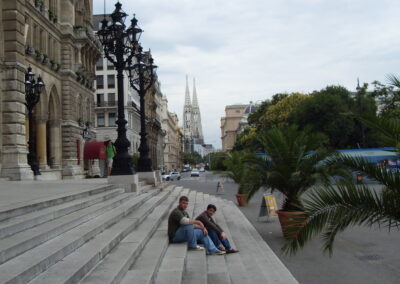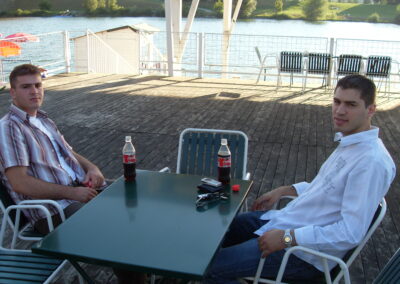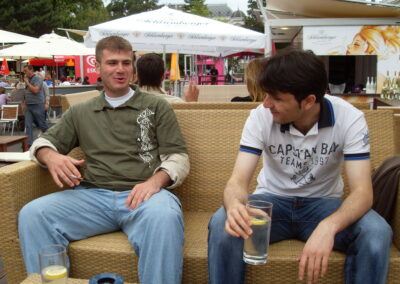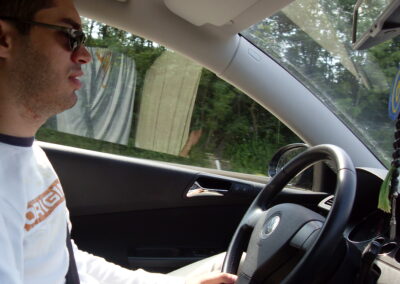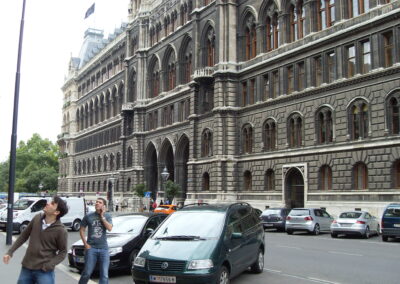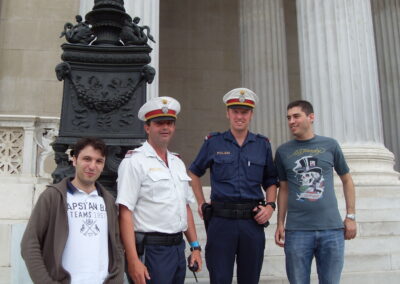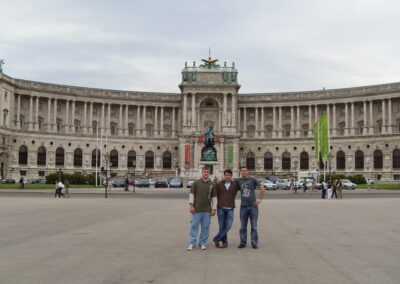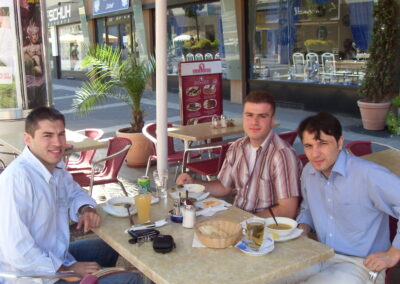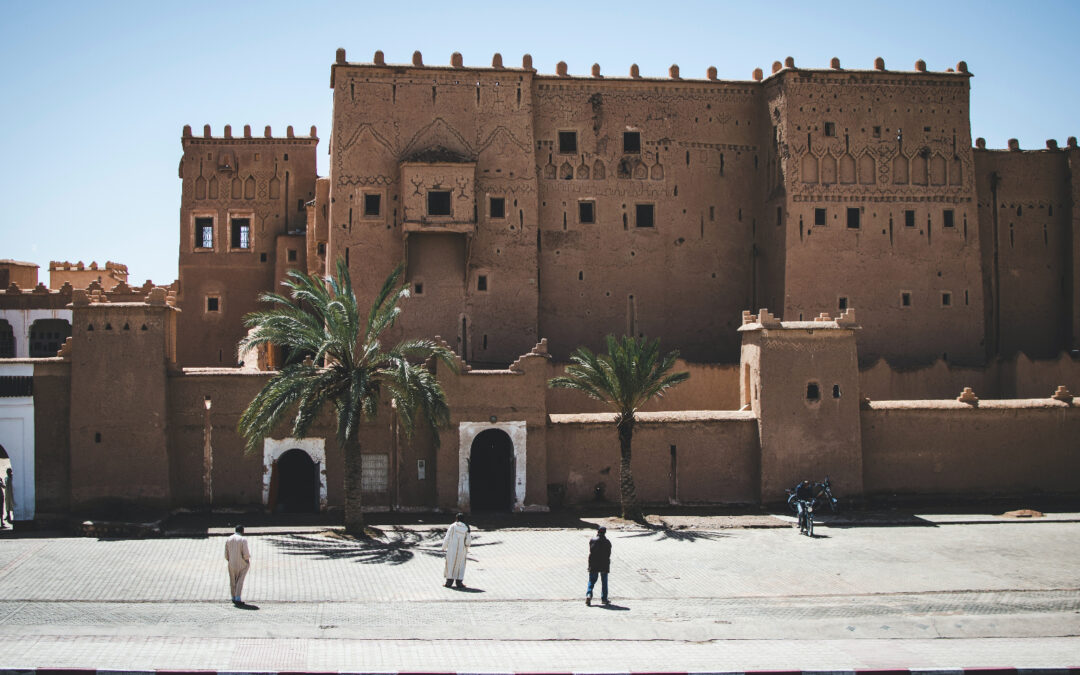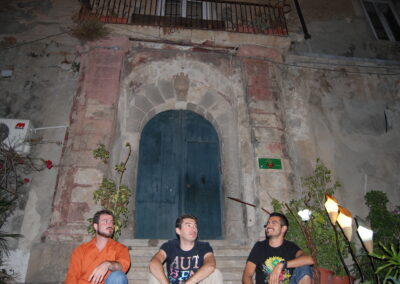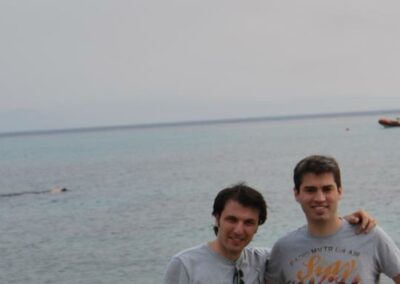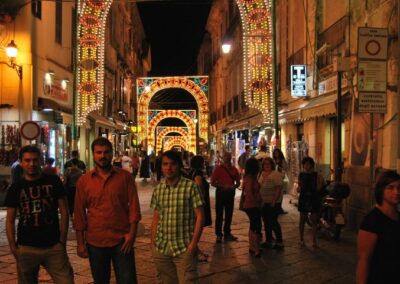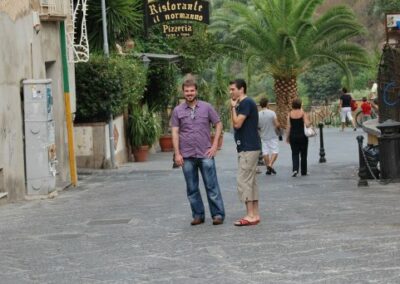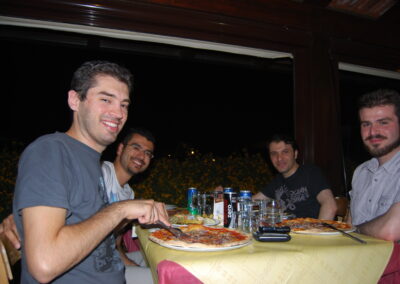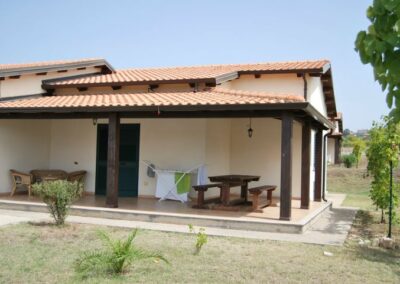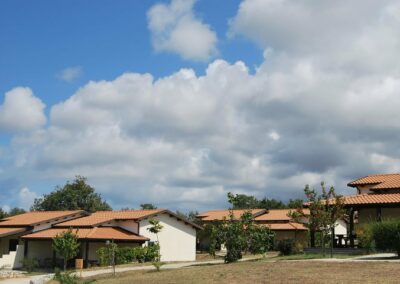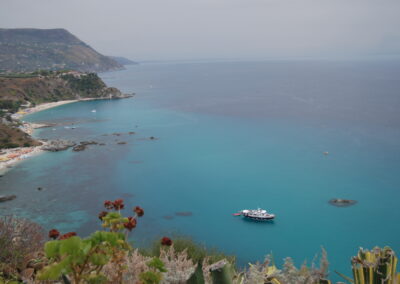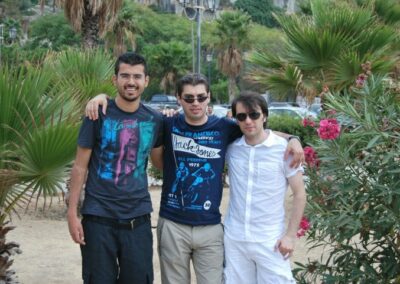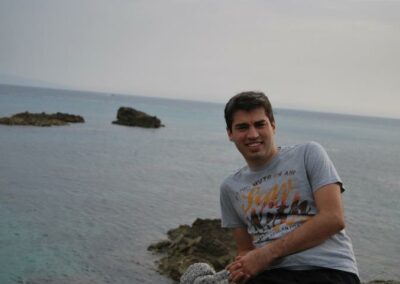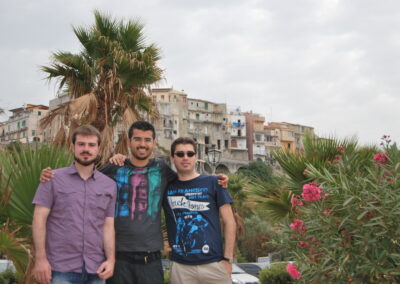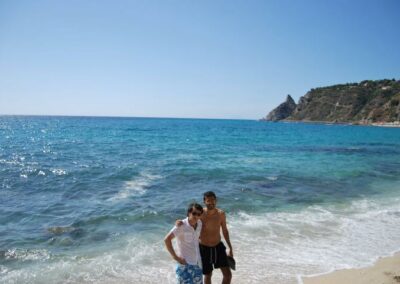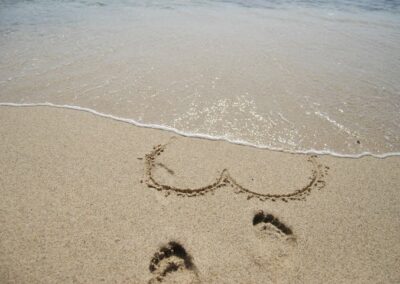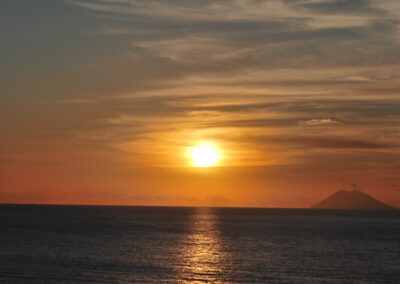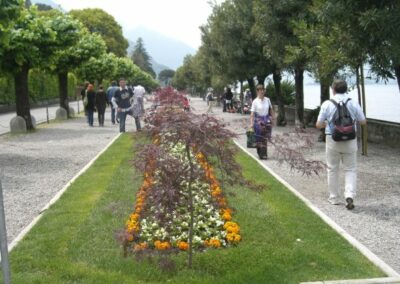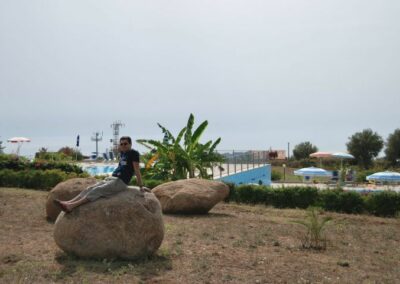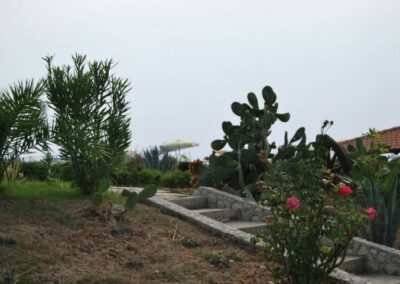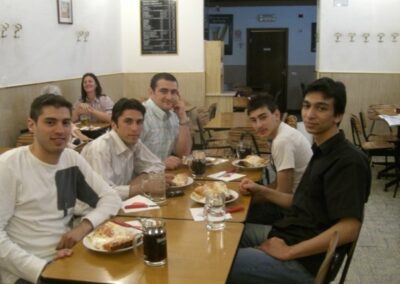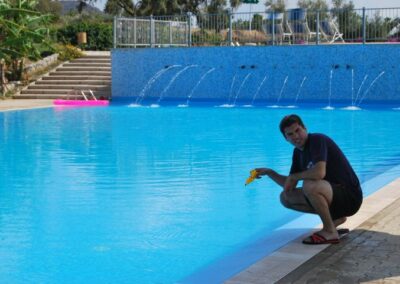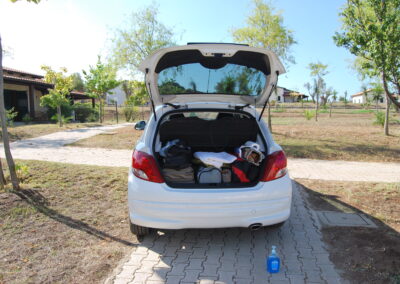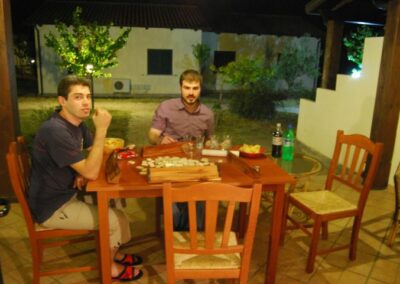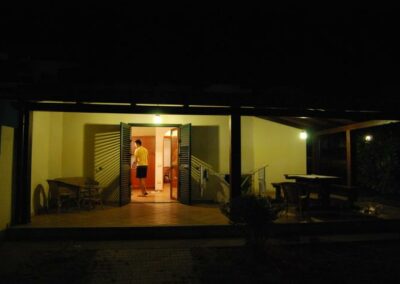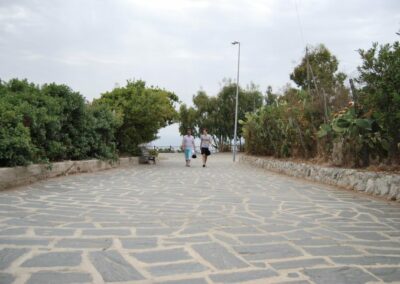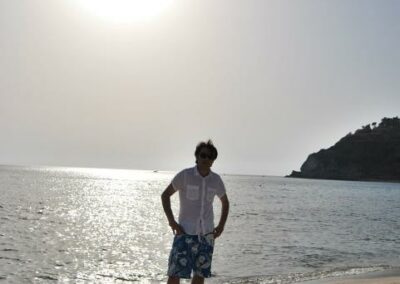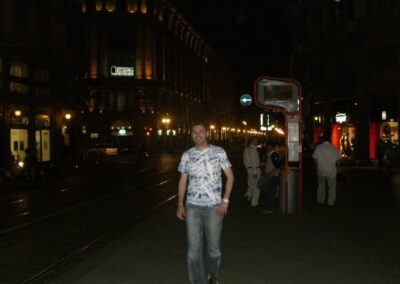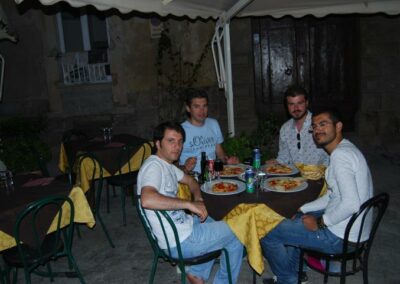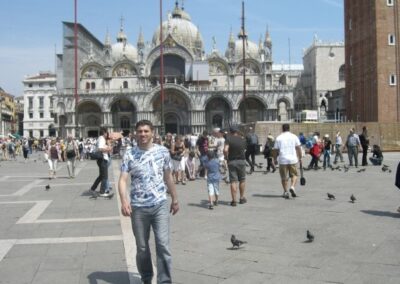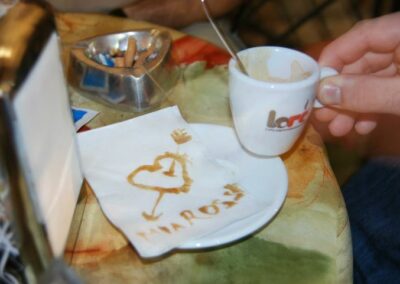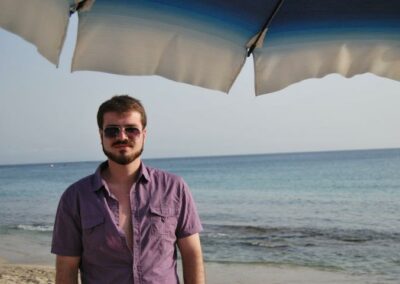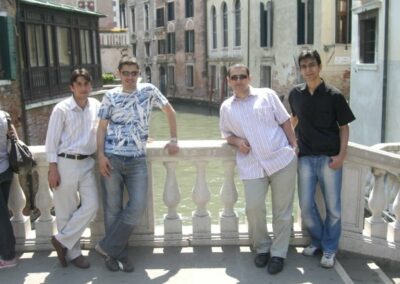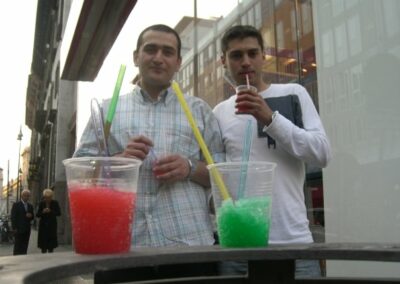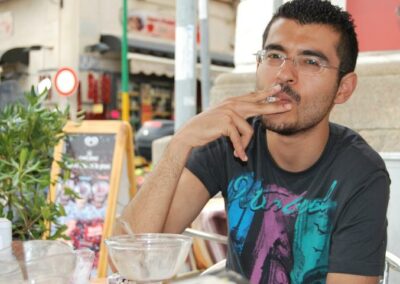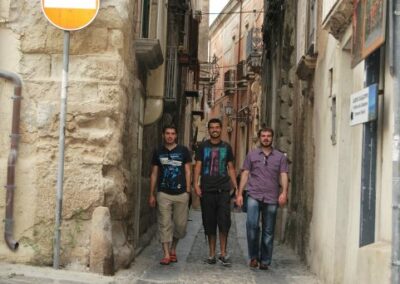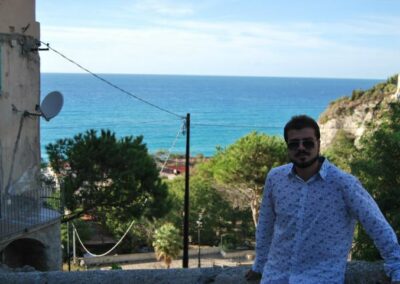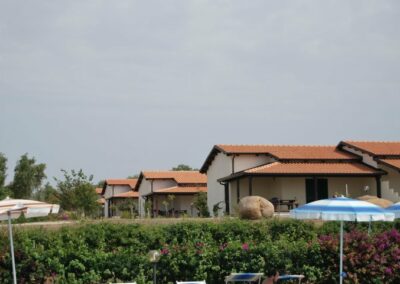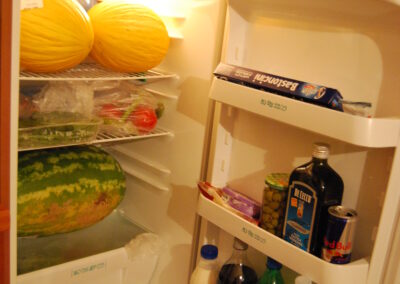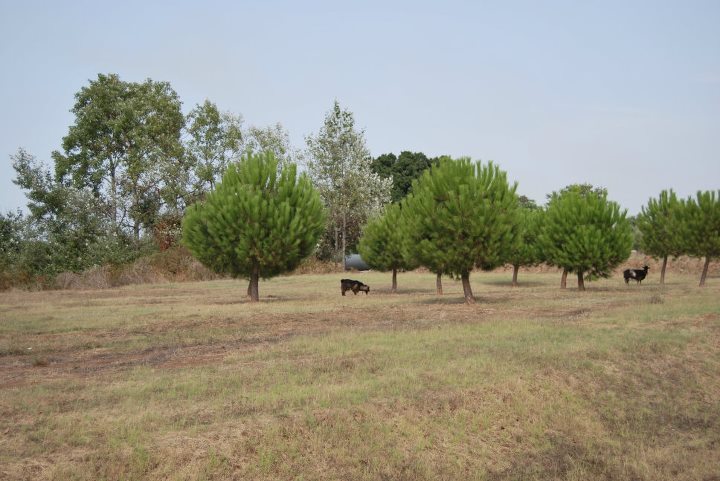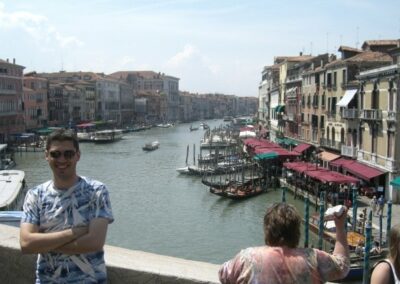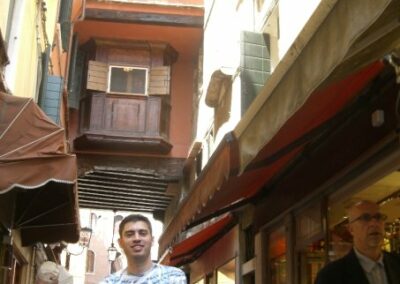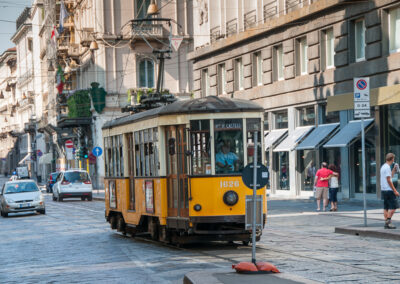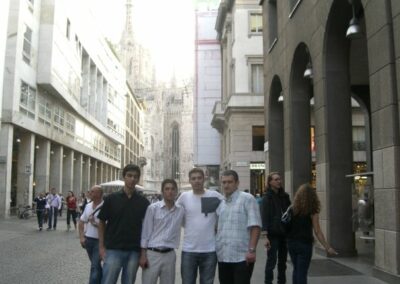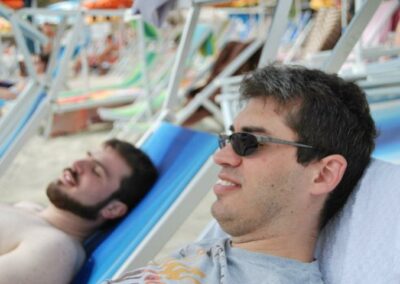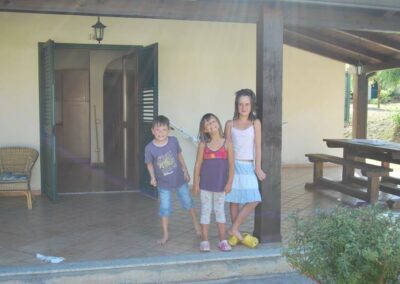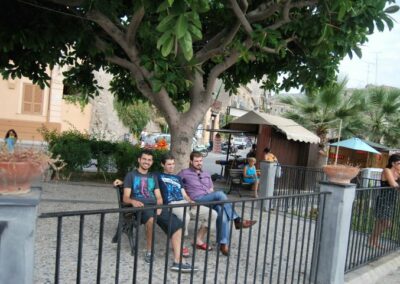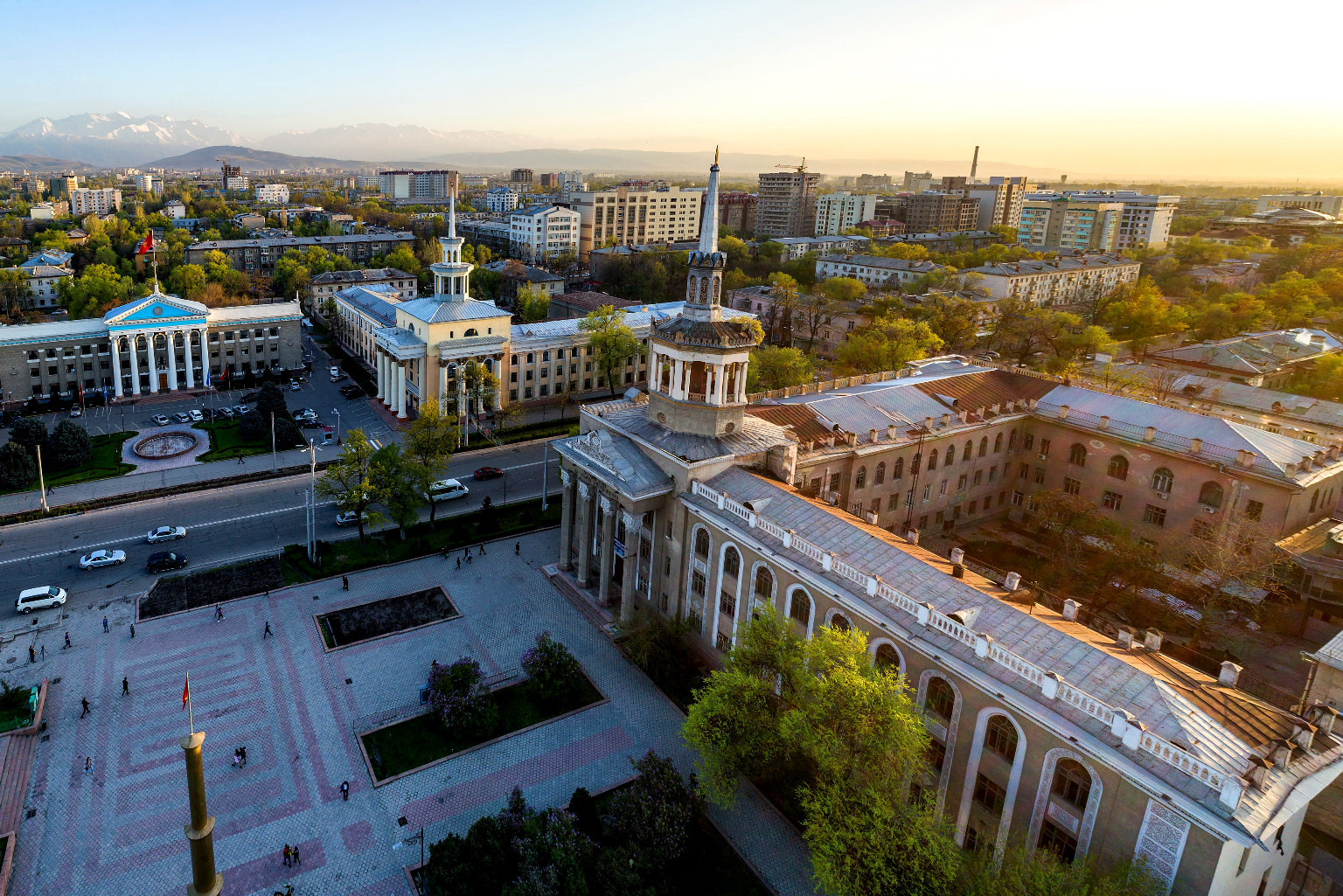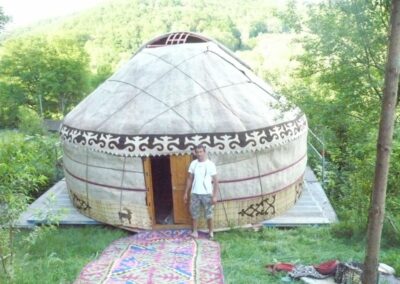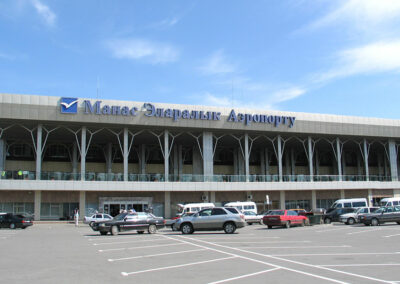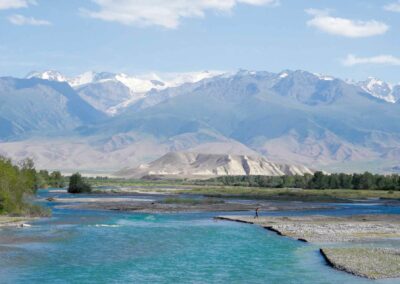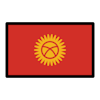I had the opportunity to travel to Morocco twice
The first time was in December, and the second time was in October. These periods are ideal for visiting Morocco. In the summer, between June and September, temperatures can reach up to 60 degrees Celsius, so I do not recommend traveling to Morocco during that time. Morocco is a beautiful country where you can find everything from summer to winter tourism. With its ancient cities, sea, desert, history, East-West synthesis, traditional and modern conflicts, and historical markets, it appeals to tourists of all kinds. I don’t know if there is any other country with such a wide range of tourist opportunities. Let me also give you some special information about Morocco. Morocco is the only Arab country ruled by a real royal family. In most Arab countries, the English or French colonized the land and left behind a dictator before withdrawing. However, in Morocco, the rule comes from a royal lineage. Currently, Mohammed VI is the 6th king; his grandfather was also a king, and his grandfather’s grandfather was a king, and so on. Therefore, it is the only Arab country ruled by a real royal family. I will try to introduce you to this beautiful Maghreb country, ruled by a royal family, and its remarkable places.
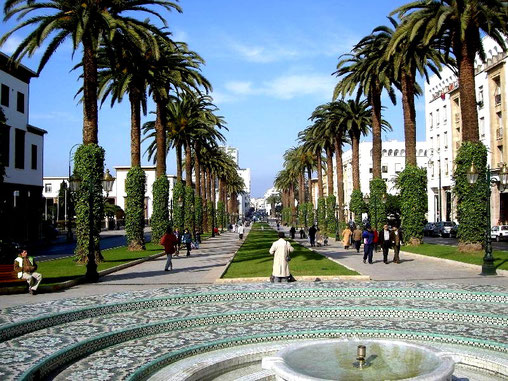
Marrakesch
The city of cities, Marrakech, the Red City. The most special city I have ever seen. The city of stories from 1001 Nights. A city at the foot of the Atlas Mountains. When the sun sets, the redness of the city and the sound of the call to prayer mix with the noise of the Djemaa el-Fna square. The scent of spices and offal merges with the backdrop of magicians and snake charmers. The most distinctive feature of the city is that all buildings are red. Everywhere in the city, you can feel the Oriental world of the last 1000 years. The historic city is adorned with magnificent palaces, mosques, markets, and ancient buildings. You won’t see anywhere else where traditional life can intersect with modern life so unfiltered. Plan at least 2-3 days for a visit to Marrakech. Although there are many attractions, most of them are located in the center, which will save you time.
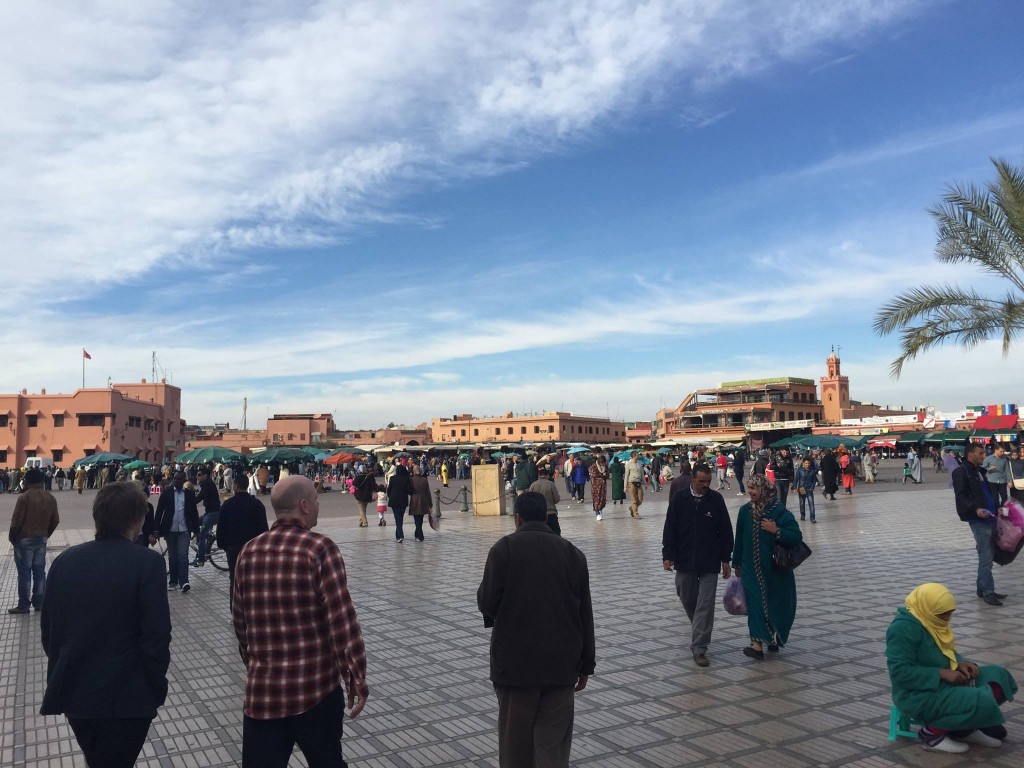
Djemaa el-Fna Square
Djemaa el-Fna Square, the heart of Marrakech. The only place in the world where a market takes place all year round. It got its name because the dead were collected and shown to the public by the Almohads in the 11th century, so it means “the place where the dead are collected.” Today, it has become one of the most visited places in Morocco and was declared a UNESCO World Heritage Site in 2001. Among the people, it is known as the square of the jugglers. In Marrakech, all roads lead to this square. The market opens at 10 a.m. Until the evening prayer, you will find jugglers, monkey trainers, sellers, wandering dentists, storytellers, henna artists, and craftsmen on the square. With the evening prayer, food stalls and tents are set up. The square is surrounded by the aroma and clouds of food. In the evening, various stalls are set up again, and competitions are held. My tip is to visit this place both during the day and in the evening. Especially in the evening, while the noise and hustle and bustle of the market take place, enter one of the cafes on the upper floor, enjoy mint tea (atay maghribi), and observe the square.
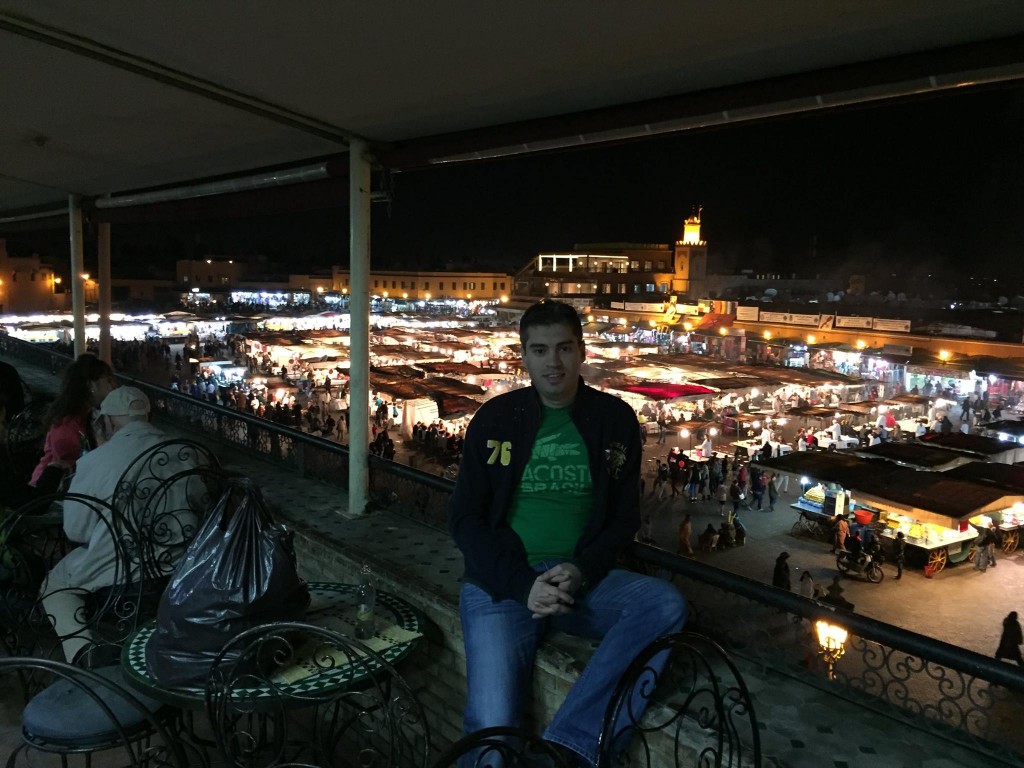
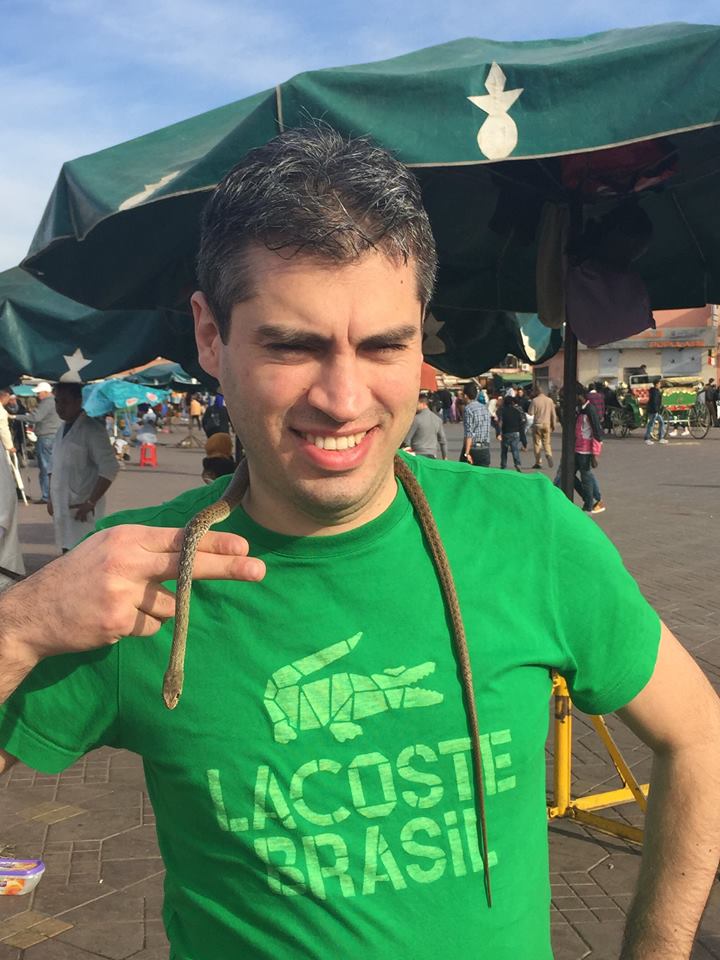
Koutoubia Mosque
The Koutoubia Mosque, the landmark of Marrakech. It is located right next to Djemaa el-Fna Square. With its 77-meter tall minaret, it is visible from almost all of Marrakech. Here, we also want to make a note about the architecture of Marrakech. The city has such orderly construction that no building stands out. They are all almost the same color and size, so this mosque is visible from many places in Marrakech. The mosque was built in the 12th century by the Almohads and was designed to accommodate 25,000 people for prayer simultaneously. Its architectural structure is considered a model for all Maghreb countries. Construction began in 1147, but the buildings were demolished as the prayer direction was not precisely aligned with Mecca. Later, construction resumed and was completed. Be sure to visit this mosque, which architecturally differs from other mosques in Morocco.
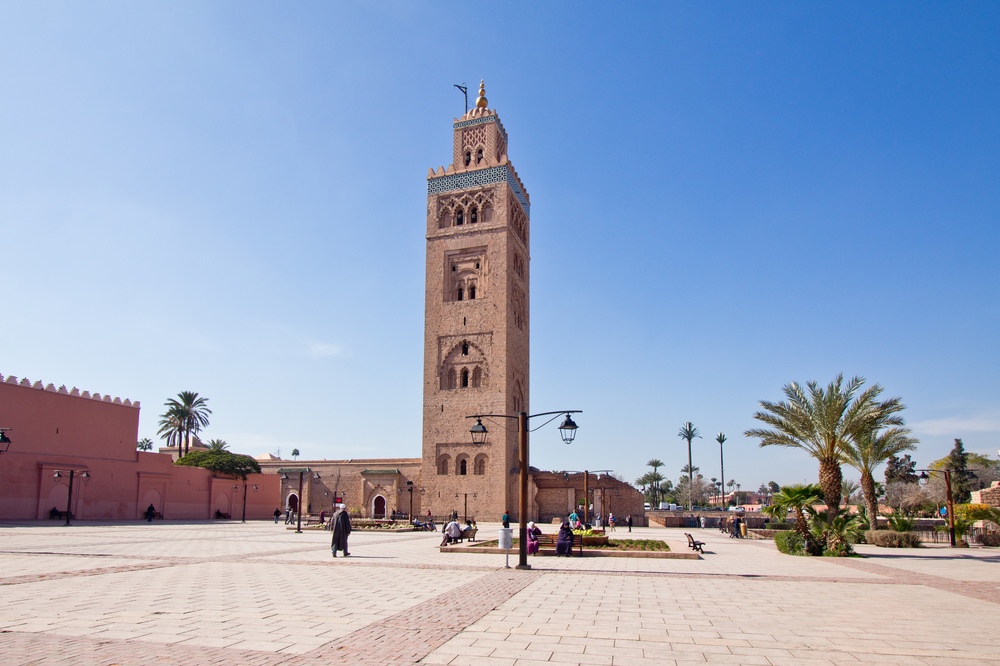
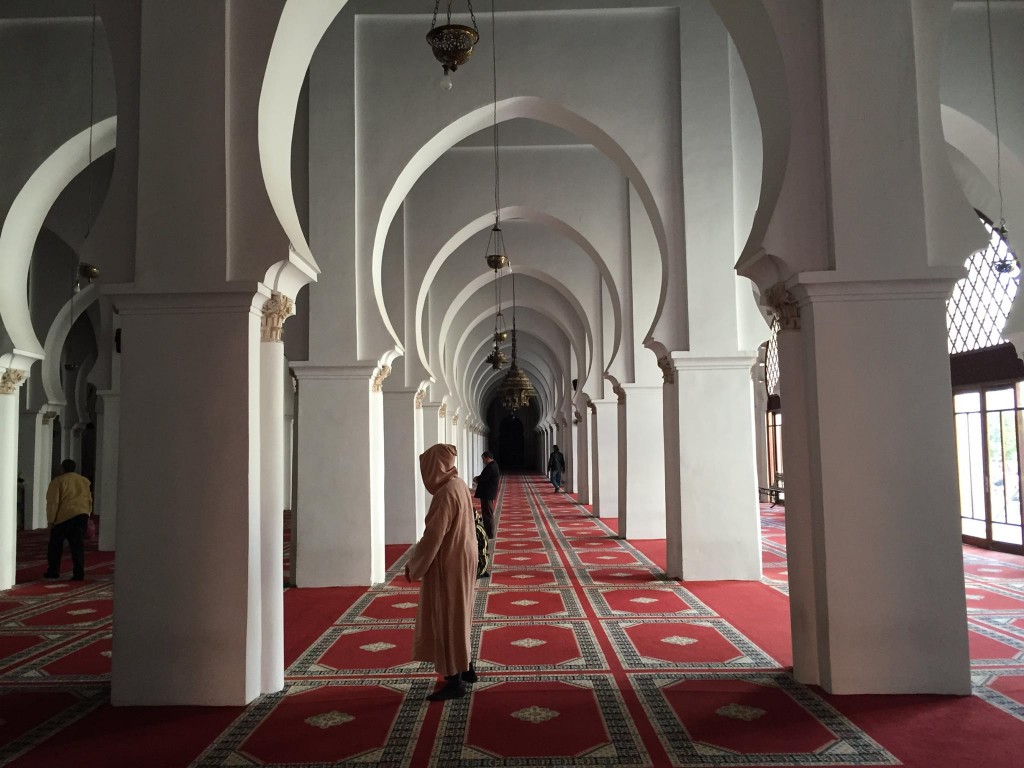
Souks
Historic bazaars and shops. Almost every street leads from El Fna Square to these basars. Here you will find carpet dealers, silk merchants, leather goods, blacksmiths, spice traders, shoemakers, and perfumeries. Some streets outside also have prostitutes and drug dealers, but let’s stay inside 🙂 The basars are a paradise for women. A woman can walk around and shop here for 12 hours straight. Well, women can achieve this feat in any basar, that’s clear 🙂 The prices here are cheaper compared to Turkey. In the basars, you can especially buy genuine argan oil, henna, and various spices. However, I recommend not buying saffron as it is almost always fake. Also, don’t forget to haggle, you can get the products about 30% cheaper than the listed price.
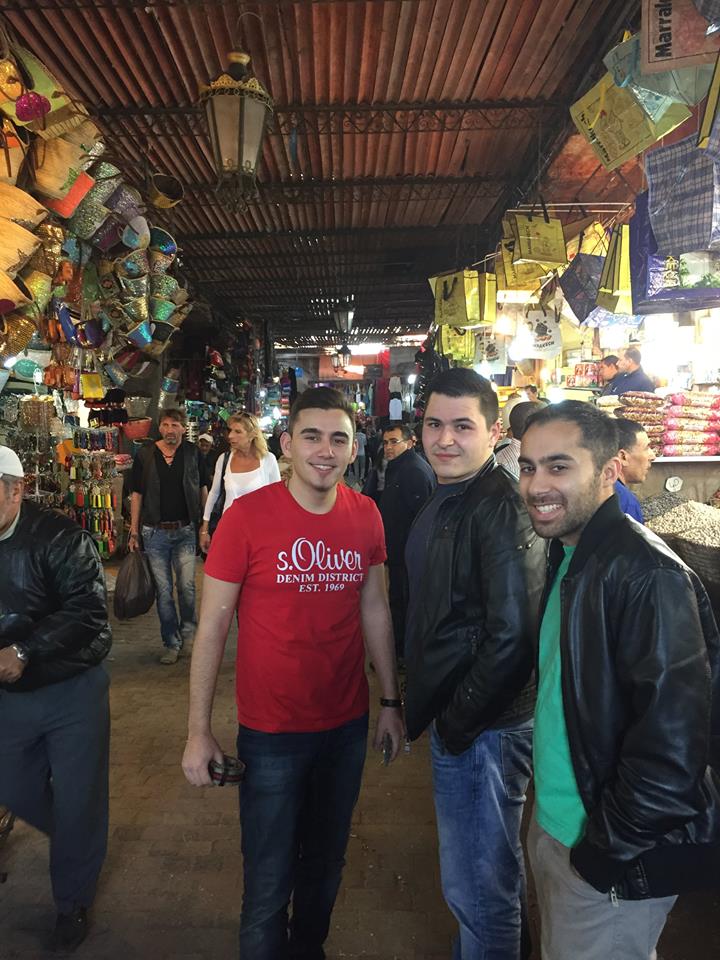
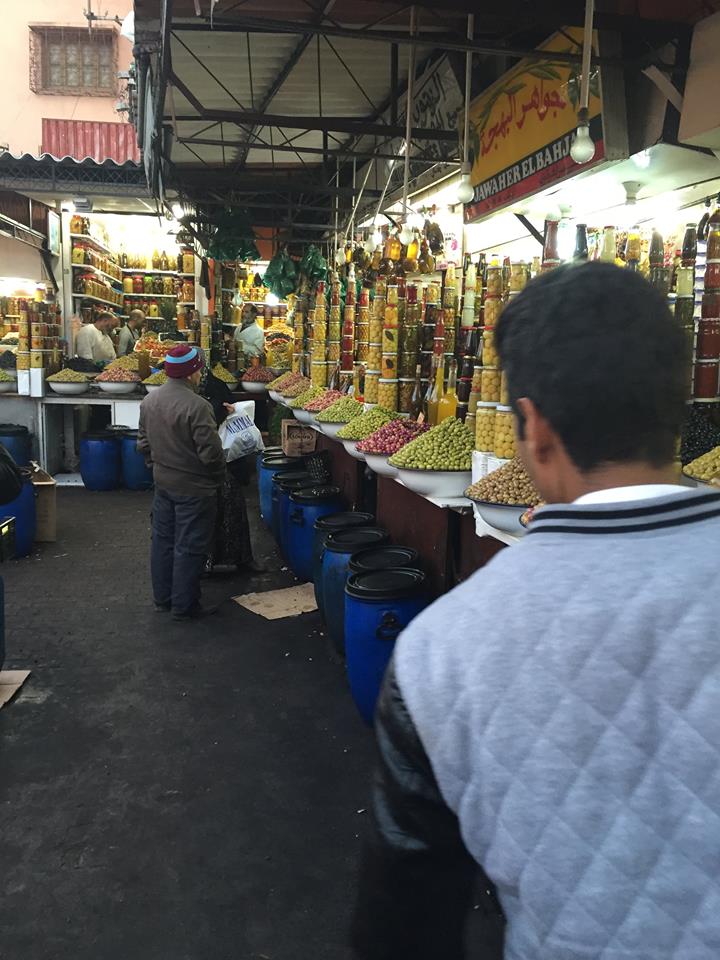
Bahia Palace
A magnificent 18th-century palace covering an area of 8000 m², built in the Moorish-Andalusian style with 160 rooms. The construction and architecture will capture your attention and provide you with postcard-perfect images. In the palace, you will see carved walls, ornate tiles, cedarwood ceilings, marble courtyards, and charming rooms leading to banana gardens. Here, you can experience the magnificent wealth of Islamic architecture. The king added a hammam, a mosque, and a beautiful garden to the palace. Although mostet rooms are now empty, you will feel the old splendor while strolling through the palace. When visiting this palace, I recommend coming early in the morning and allocating enough time. It was also featured in the movies “The Desert Warrior” and “Lawrence of Arabia“.
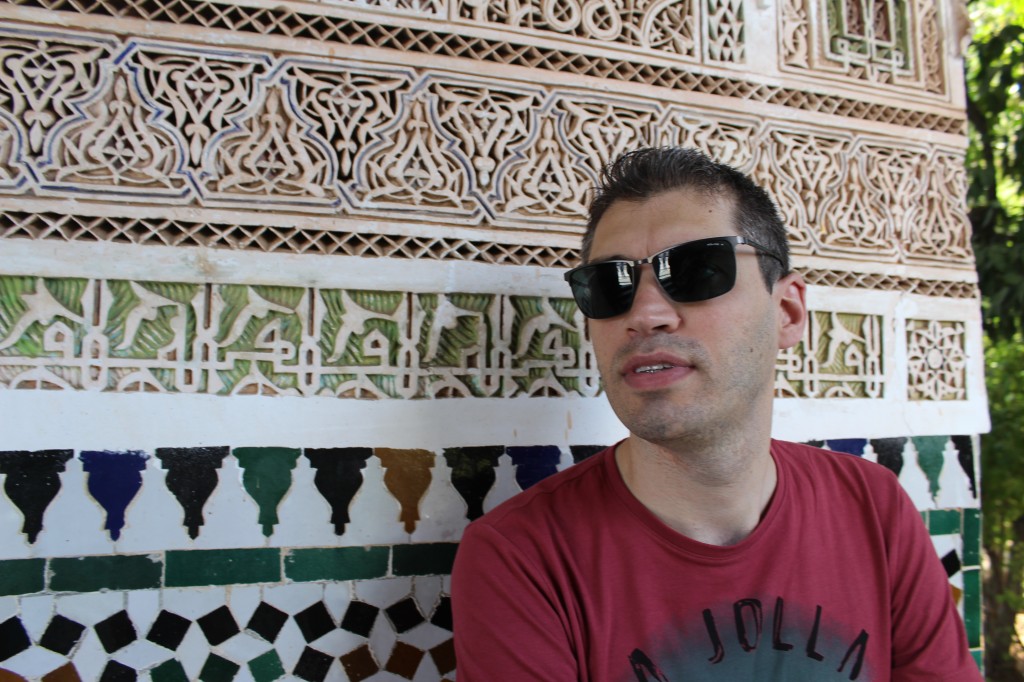
Menara Gardens
This 850-year-old park is under the protection of UNESCO. It is a beautiful place located just outside the city where you can relax. The park was created in the 12th century by the Almohads. Olive trees, oranges, apricots, grapes, pomegranates, figs, dates, lemons, and almonds grew on an area of 500 hectares. Today, pomegranates, oranges, and olives grow in geometrically arranged trees. There is also a pond in the middle of the park. However, if you expect a colorful and magnificent garden like Jardin Majorelle, you may be disappointed. It is a simple place with centuries-old olive trees and its geometric shape, where you can make a short stop and relax. We couldn’t go there, but if you are looking for a colorful garden and grandeur, I recommend Jardin Majorelle.
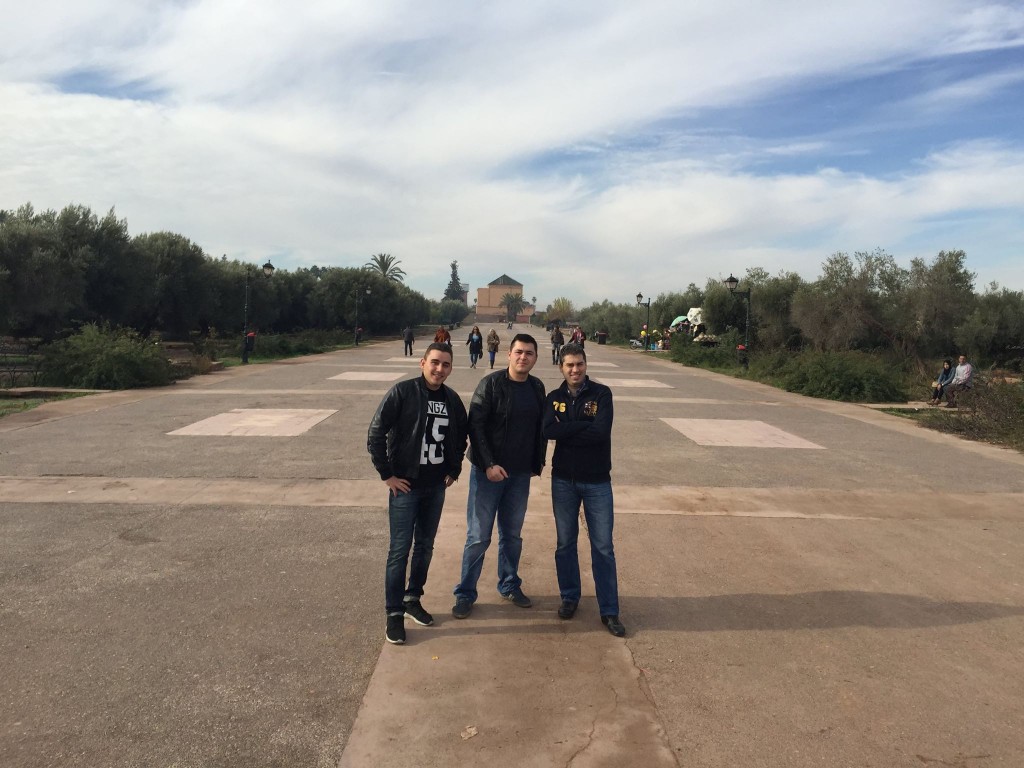
Safran Garden
It is located in the town of Ourika, about 30 minutes away from Marrakech. The official name is “Le Paradise du Safran“. This garden belongs to a lady who came from Switzerland and settled here. If you make a reservation in advance and let them know, you will receive a half-hour demonstration about saffron. You will be greeted with saffron tea and saffron-scented bread. The saffron harvesting season is in November, so if you are there in November, you can harvest the saffron flowers with their violet colors. They charged 5 euros per person, which is definitely not expensive, and it’s worth going there. The garden extends over a large area, and various fruits such as lemons, oranges, etc., grow here. There is also a walking trail. You take off your shoes and walk on the ground and stones, and in the end, you can rest your feet in cool plant water. It did us good to relax there after intense sightseeing. paradis-du-safran.com
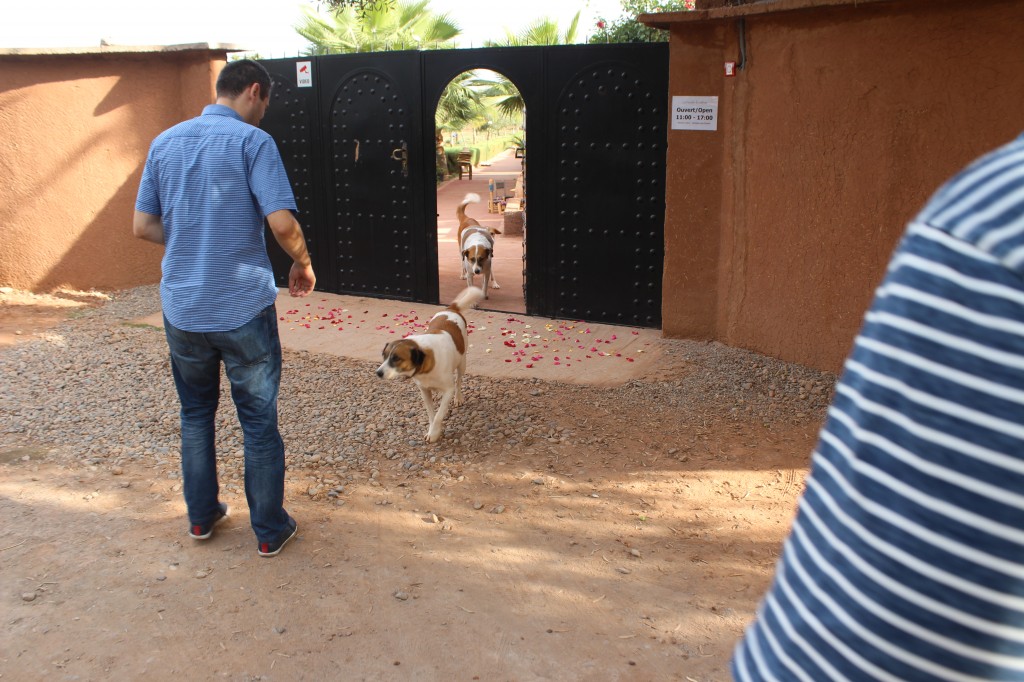
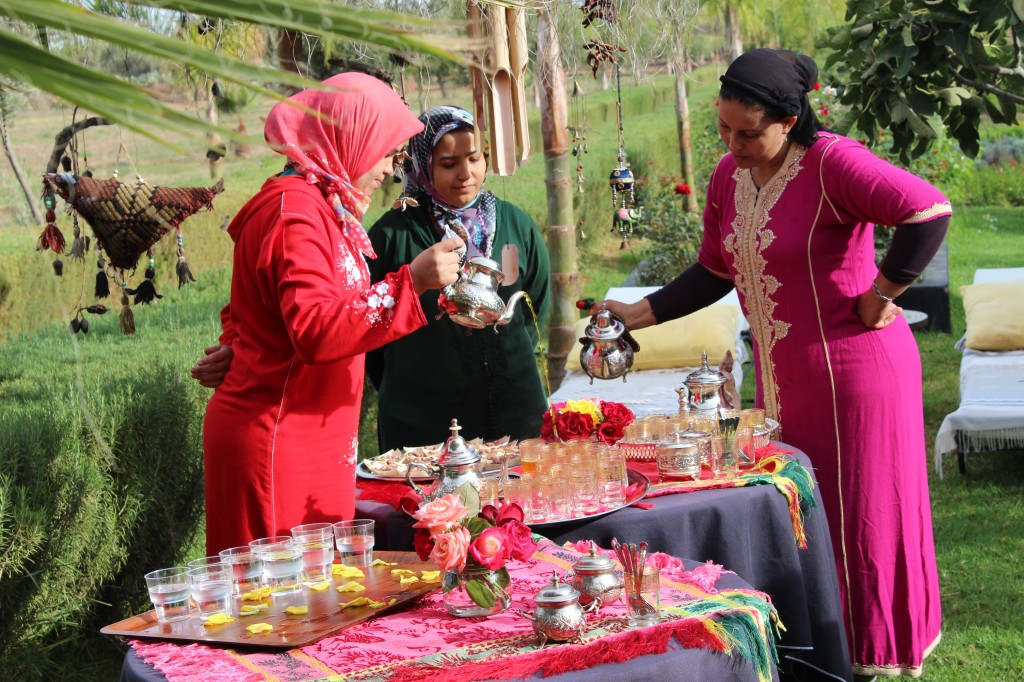
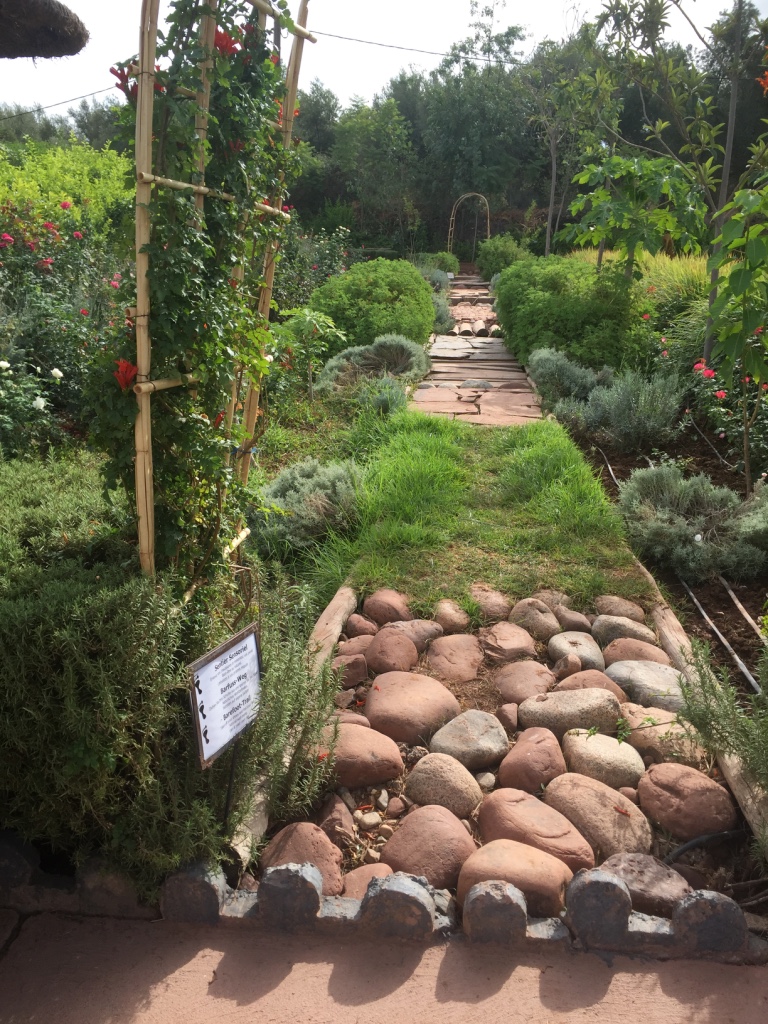
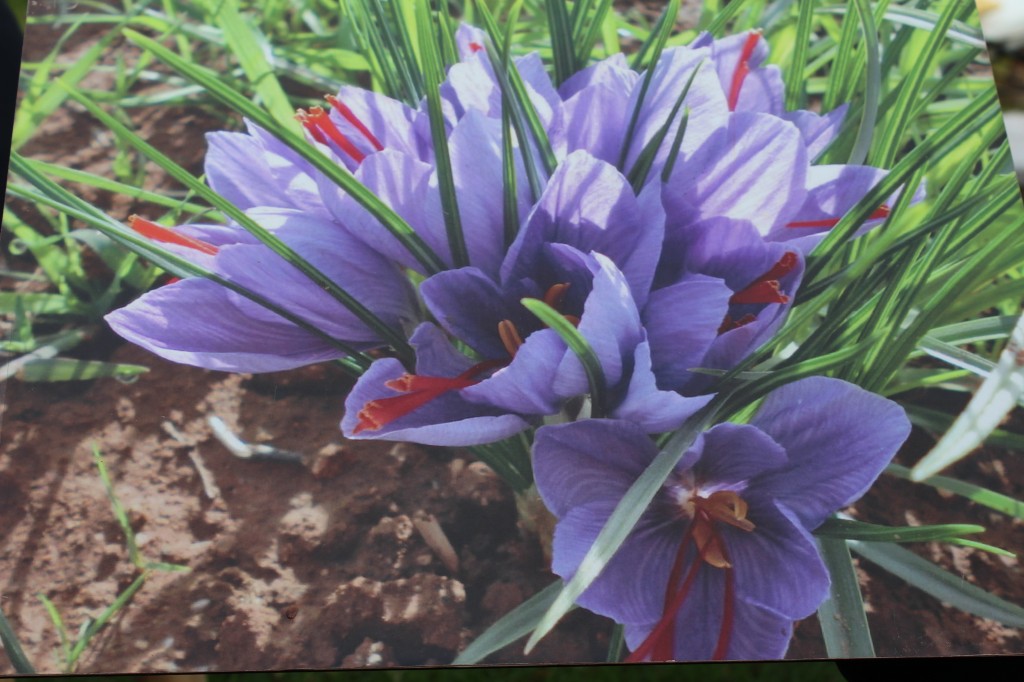
Marrakech is a city that you should definitely visit. Dedicate at least two days to this special city. You will wish to stay in a completely foreign world forever in one city. Try to understand its spirit, architecture, and history while exploring the city. The places you can visit have been listed above, but you can also take a one-hour carriage ride. Have fun in advance!
Casablanca
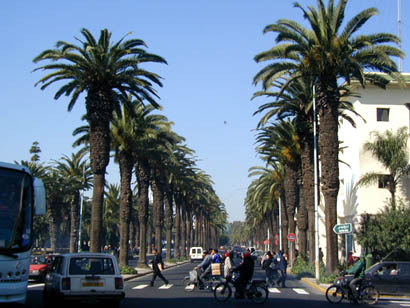
Hasan II Mosque
The Hassan II Mosque, the second largest mosque in the world, was built on an area reclaimed from the sea along the Atlantic coast. It is so spacious that it can accommodate 25,000 people indoors and 80,000 people in the courtyard for prayer. Its 210-meter minaret is unique in the world. The mosque features 10,000 square meters of mosaic floor, 67,000 square meters of marble, and 53,000 square meters of painted wooden ceiling. Built in 1993, this impressive mosque has become a symbol of Casablanca.
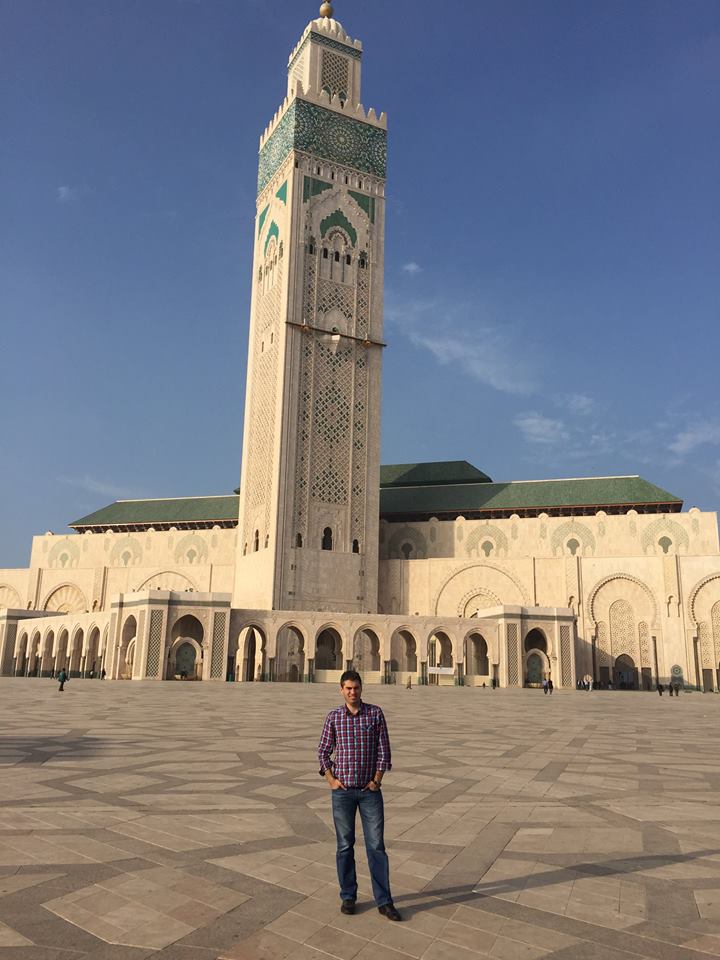
La Corniche
The promenade in Casablanca, particularly bustling in the evenings. People relax in seaside cafes and bars. You can take a stroll along the palm-lined street. If you have visited the Hassan II Mosque, I recommend walking along the promenade all the way to Marocco Mall. Along the way, you will come across luxurious hotels, restaurants, and pools. If you’d like, you can also go swimming at Ain Diab Beach. Since the distance is about an hour’s walk, you can take a break at a café along the way.
Central Market
A place you must visit to experience the daily life of people in Casablanca. It is essentially a traditional market. Unlike La Corniche, it is a market frequented by people with lower income. However, it gets very crowded in the evening, making it difficult to move around. There are also many natural and unique photo opportunities for photography enthusiasts.
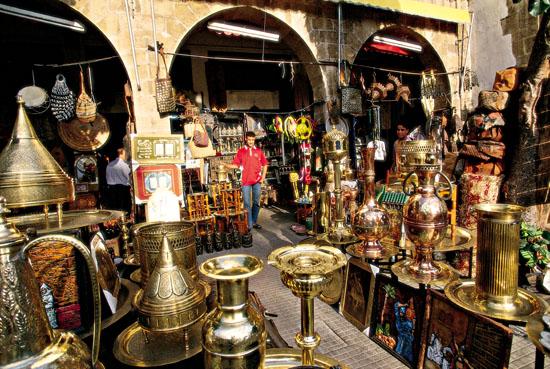
Oldtown Medina
The old town of Casablanca. It can also be referred to as a low-income neighborhood. However, don’t be discouraged by the term; it is a very safe place. People on the streets may try to sell you something, but if you decline, they simply move on and don’t persist. If you want to see the other side of Casablanca, you can visit this place and go shopping.
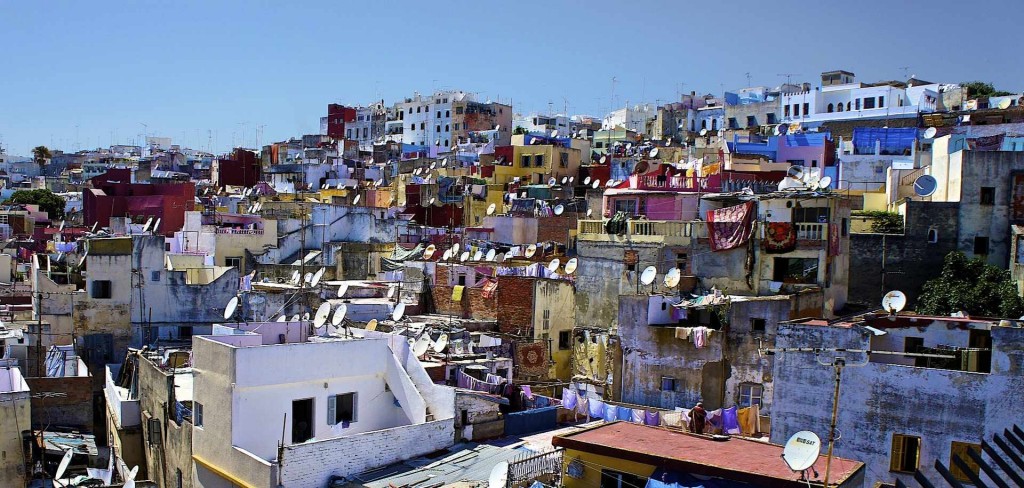
Mausoleum
The tombs of the kings. Here, you will find magnificent marble graves. The pyramidal roof and interior design were designed by Vietnamese architect Vo Toan. You can visit and photograph it, but please maintain a quiet atmosphere.
Rabat Kasbah (Kasbah des Oudaia)
In Arabic countries, “Kasbah” refers to a fortress located either inside or outside the city. This fortress was built right along the Atlantic coast. Before entering the fortress, walk through the Andalusian Garden. Outside the fortress, you will also find the blue-tiled streets we see in pictures. Street musicians provide visitors with musical performances in the blue streets adorned with authentic flowers. Upon entering the fortress, you will be greeted with a beautiful view of the Atlantic Ocean, the Bouregreg River, and the city of Sale. The fortress was built in the 12th century and subsequently destroyed and rebuilt multiple times. Later, a palace and a mosque were constructed within it. The oldest building in the fortress is the Bab-El Oudaia (Oudaia Gate).
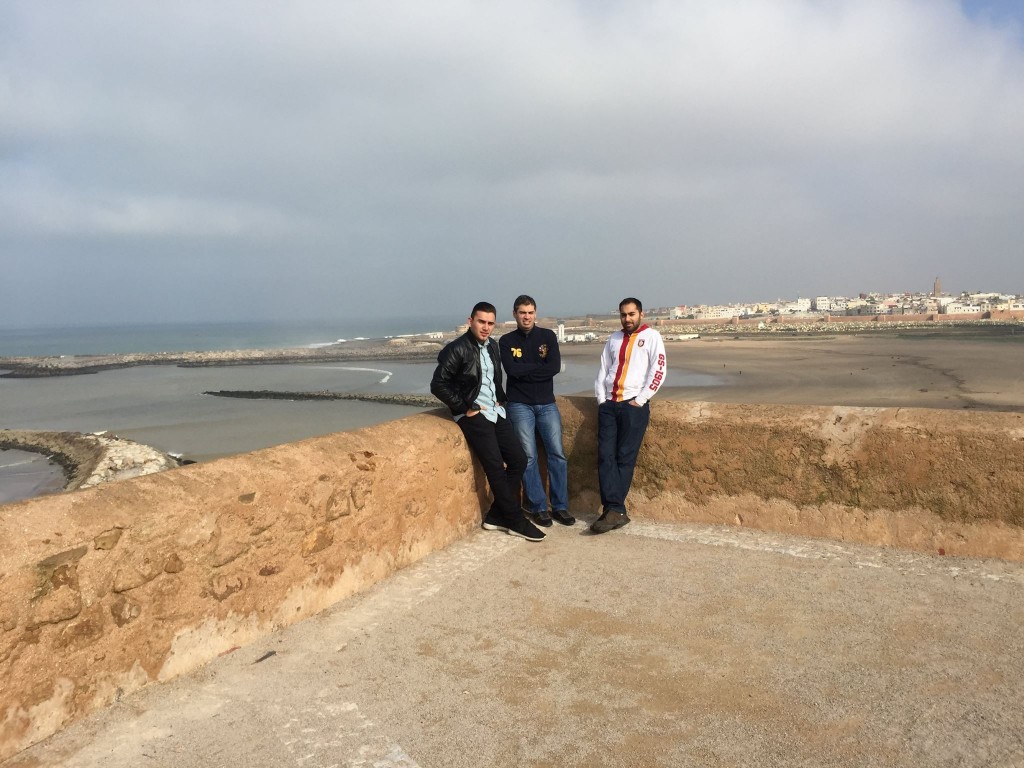
Fes
The historic city of Fes is one of the best-preserved medieval cities and one of the oldest cities in the world. It was founded in the 8th century and is home to the oldest university in the world. During the 13th and 14th centuries, it reached its peak under the rule of the Merinids and replaced Marrakesh as the capital of the kingdom. In the historic old city, there are currently 600 mosques, 200 sanctuaries, and 600 interconnected streets that make you feel like you’re in a labyrinth. It is so dense and complex that there is no map of the streets of the old city.
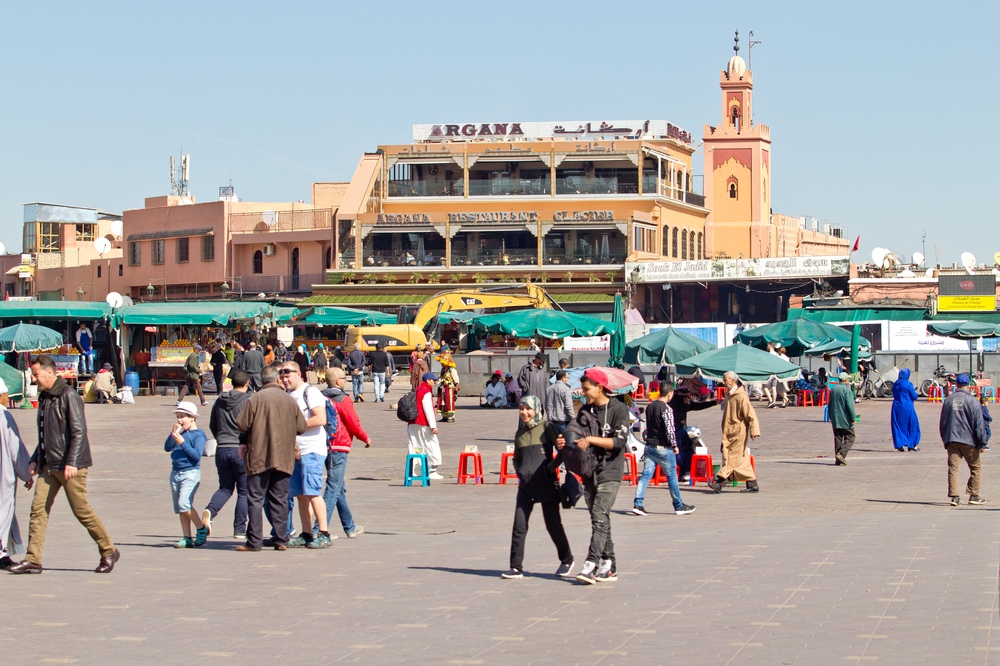
Bab Bou Jeloud
It is a large entrance gate located in the historic old city. It is also the symbol of the city of Fes. The gate was built in the early 20th century and is considered an outstanding example of the country’s beautiful architecture. It is said to derive its name from the word “Bou Jnoud,” which means “military ground or place.” It is also known as the Baghdadi Gate.
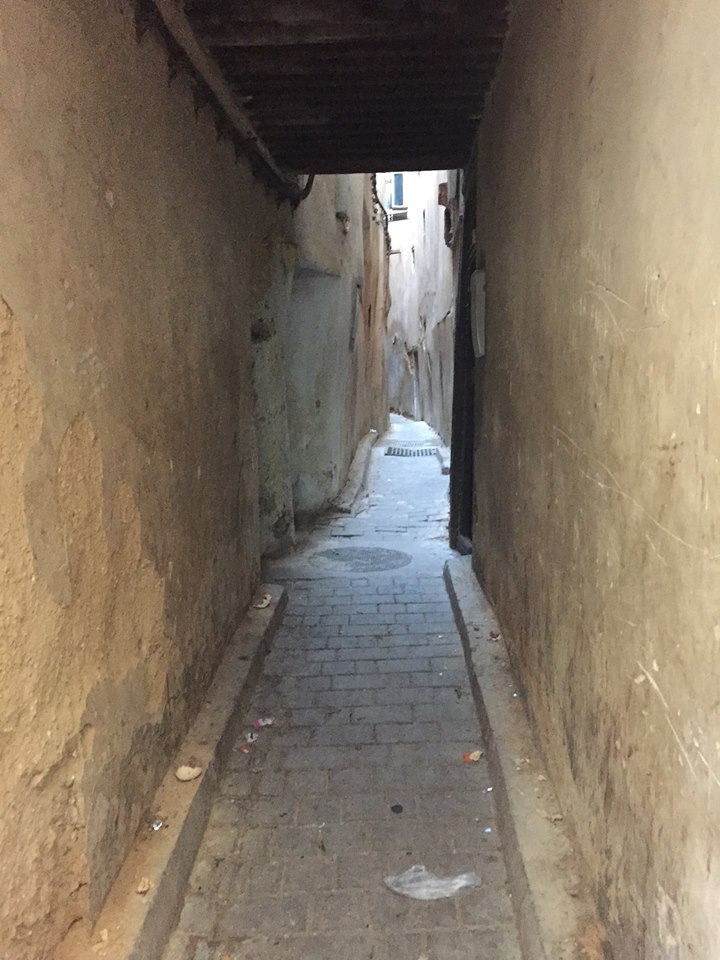

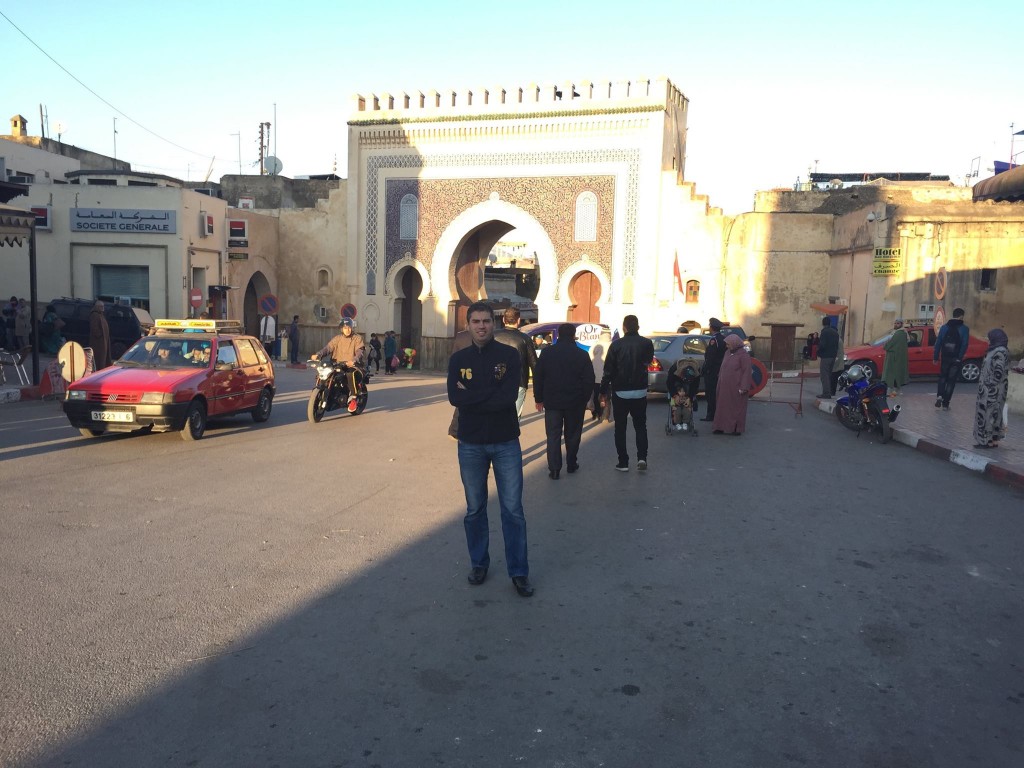
Old City
The historic old city was built simultaneously with the founding of the city and was placed under UNESCO protection 20 years ago. You will feel like you’re in a labyrinth from which you can never escape. In the old city, scents, sounds, and emotions blend together. The pleasant aromas of spices mix with the smell of leather and garbage. In the background, the call of the muezzin merges with the voices of the merchants as laden animals pass by you. In this market, you can experience all the colors and aspects of Moroccan culture.
Gerberei
Don’t forget to visit the tannery in Fes Market. You will be given a mint when you enter, in case you can’t stand the smell, but it’s not that bad. The place where you can watch the tannery is also a leather shop. You can also make your leather purchase from here. There are probably not many traditional tanneries in the world.
For those who want detailed information about the tannery, I will share information from Wikipedia below:
Tannery – a factory where leather is tanned. It arrives as raw leather and leaves the factory as finished leather. Tannery is the name for a factory where leather is tanned. The hides of all kinds of animals arrive as wet or salted leather, and after passing through various stages, they leave the factory as tanned or finished leather. In leather tanning, the main leather is transformed from an organic object into an inorganic object. Tannery is a word that comes from debbaghane. Debbag in the ancient language was the name for the person who processed leather and the place where this work was done was called debbaghane. Today, this word has become tannery. Debbagging was one of the most important professions in the Ottoman Empire.
The profession had ahilik herd, and the piri of this business was Ahi Evran. Leather processing is a demanding, labour-intensive and loving job. The leather goes through various chemical and physical processes until it becomes a product and is available to us. Each process has its own significance.
If a process is done incorrectly or incompletely, the leather can become unusable. In Ottoman times, there was a leather monopoly…. In order to tan the leather in Safranbolu, the notables of that time took various measures…. The merchants of that time did not buy from those who sold the leather that was not tanned in Safranbolu, and those who tanned the leather in Safranbolu were sold, Safranbolu businessmen who made a lot of money at that time.
He built villas, mansions and houses with 99 rooms…. Some of the houses even had wells… In Safranbolu, thousands of dogs were usually kept in tanneries to get fresh dog excrement. Since fresh dog excrement requires enzymes in the sama phase, in which the raw leather is chemically processed after the mechanical cleaning of hair, fat and layers of flesh, children and young people collected dog excrement with tin cups in their hands in the settlements where tanneries were located, and since the sama process could only be carried out with steaming fresh excrement, they rushed to the tanneries.
This is where the expression “taking shit to the tannery” comes from ….
Source: Wikipedia / Vikipedi (TR)
Royal Palace (Dar El Makhzen)
On the 80-hectare site, there is a palace, a mosque, and a medrese. The first thing that catches the eye is the palace gate. The gate consists of large carved structures.
The palace has a very magnificent appearance, but it is closed to visitors. Due to the closure, you can spend a maximum of 5 minutes there, walk through the courtyard, and take photos. On some days, the soldiers also do not allow photos, so be careful. 🙂
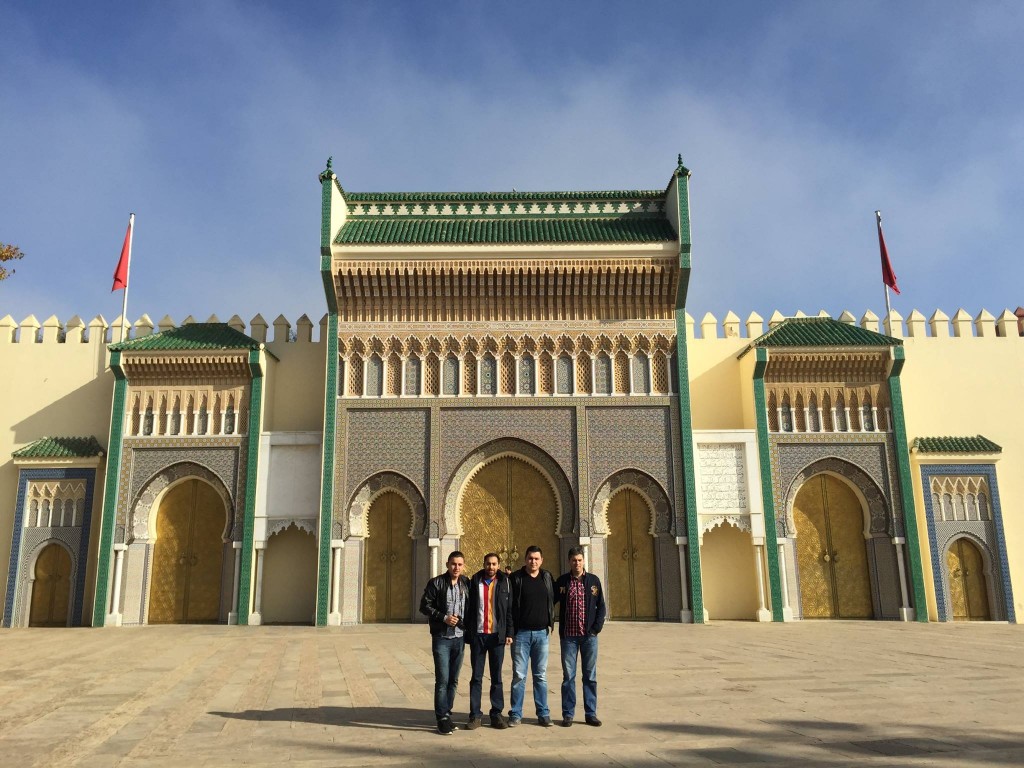
Conclusion
My trips to Morocco were simultaneously a journey through time. Here, tradition and modernity blend completely. If you were to ask me whether Morocco is a traditional country or a modern country, I probably couldn’t give an answer. Not only the buildings but also the lifestyles are intertwined. On one side, people live in tents at the foot of the Atlas Mountains and in the desert, while on the other side, people in Marrakesh lead a modern and luxurious life. Morocco is a gateway to both Europe and Africa. It is a good choice for those who want to travel in a country that is told in the stories of One Thousand and One Nights and drink mint tea to the sound of music.
Morocco is also a very safe country. We saw many women walking alone on the streets at night. During our stay, we did not experience a single unpleasant situation.
